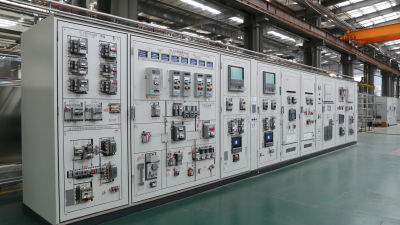Why Your Business Needs an Automatic Transfer Switch for Uninterrupted Power Supply
In today's fast-paced business landscape, ensuring a
reliable power supply is paramount for maintaining uninterrupted operations.
A recent report by the International Energy Agency suggests that businesses face a growing
risk of power outages due to aging infrastructure and increased energy demands, with an estimated
61% of all businesses experiencing at least one significant power disruption annually.
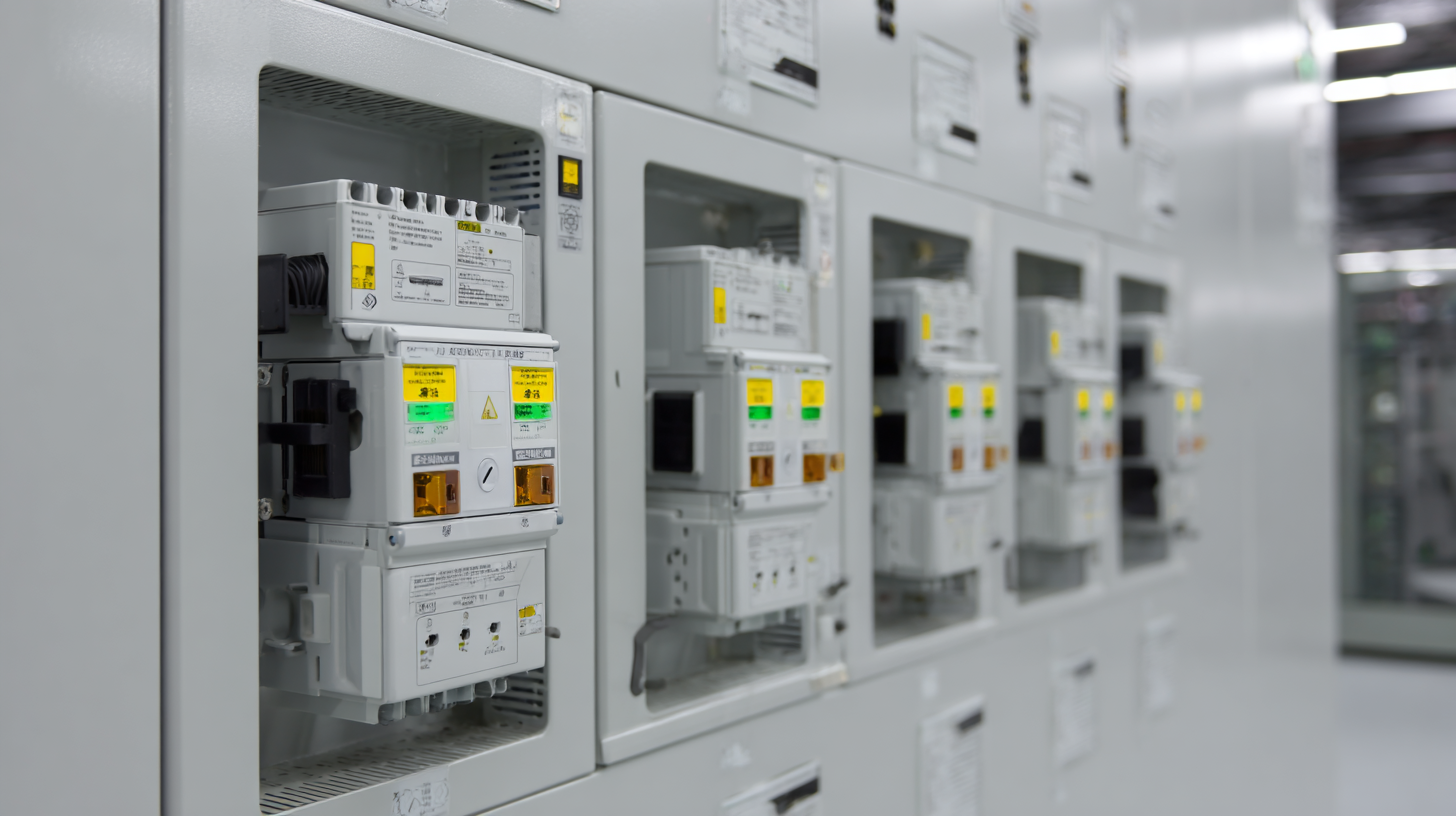
The implementation of an Automatic Transfer Switch (ATS) can mitigate these risks by
providing a seamless transition from the primary power source to a backup generator during outages. This not only safeguards
business continuity but also enhances operational resilience. Moreover,
according to the U.S. Small Business Administration, companies can lose
thousands of dollars per hour during downtimes, highlighting the critical importance of
investing in systems like the ATS to ensure consistent power supply. Thus,
understanding the significance of an Automatic Transfer Switch is essential for any business
aiming to thrive in an increasingly unpredictable energy landscape.
Understanding the Functionality of Automatic Transfer Switches in Business Operations
Automatic Transfer Switches (ATS) play a crucial role in ensuring uninterrupted power supply for businesses. These devices automatically detect power outages and switch the electrical load to a backup generator, providing a seamless transition that keeps operations running smoothly. This capability is especially vital in sectors where downtime can lead to significant financial losses or jeopardize safety, such as healthcare, manufacturing, and data centers.
One of the key benefits of ATS is its ability to minimize human error. Since the switch operates automatically, it eliminates the risk of delays associated with manual switching. Businesses can also enhance their operational efficiency by regularly testing their ATS systems to ensure reliability. **Tip:** Schedule monthly maintenance checks to verify that your ATS is in top condition and ready to respond promptly during an outage.
Another advantage is the integration of smart technology in modern ATS systems. These advanced switches can provide real-time monitoring and alerts, allowing businesses to track power supply and generator performance remotely. **Tip:** Utilize ATS with IoT capabilities to gain insights on your power usage patterns and proactively manage your energy needs.
Why Your Business Needs an Automatic Transfer Switch for Uninterrupted Power Supply
| Feature |
Description |
Benefits |
Considerations |
| Automatic Switching |
Automatically transfers power source from the grid to a backup generator during an outage. |
Eliminates downtime, ensuring continuity of operations. |
Requires regular maintenance to ensure reliability. |
| Seamless Integration |
Easily integrates with existing power systems and infrastructure. |
Reduces installation costs and complexity. |
Compatibility with older systems may vary. |
| Real-Time Monitoring |
Monitors power sources and system health constantly. |
Provides alerts for any issues, improving response time. |
Requires investment in monitoring software. |
| Load Management |
Distributes power effectively based on operational needs. |
Optimizes energy use and reduces operational costs. |
Requires analysis of power needs and configurations. |
| Safety Features |
Includes safety mechanisms to prevent electrical issues. |
Minimizes risks of electrical shortages and accidents. |
Regular testing is needed to ensure functionality. |
Key Benefits of Implementing an Automatic Transfer Switch for Power Consistency
An Automatic Transfer Switch (ATS) is essential for businesses aiming to maintain a consistent and uninterrupted power supply. In today's unpredictable environment, powered by the rapid developments in technology and market dynamics, having a reliable source of electricity is more crucial than ever. An ATS automatically switches the power supply from the primary source to a backup source during outages, ensuring that operations continue seamlessly without interruptions. This not only protects vital equipment but also enhances productivity by minimizing downtime.
The benefits of implementing an ATS extend beyond just operational consistency. Firstly, it provides peace of mind, knowing that your business can withstand power fluctuations, which is increasingly important in a complex and changing economic landscape. Moreover, it supports the broader goal of energy resilience, aligning with initiatives aimed at building strong, unified markets that can adapt to changing circumstances. In light of technological advancements in industries, such as automation in production, an ATS can further improve operational efficiency, making it an indispensable component for modern businesses committed to growth and stability.
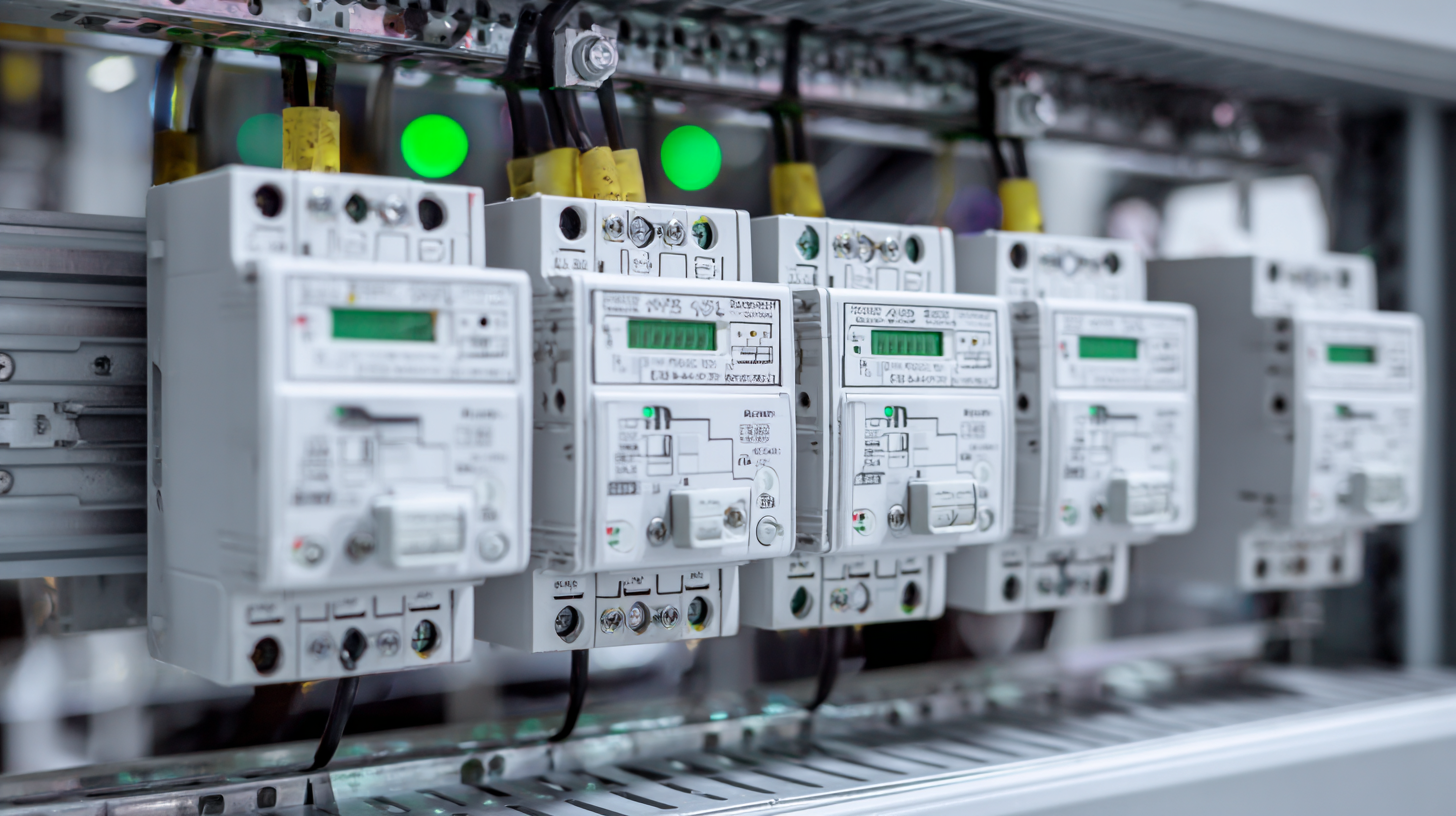
Comparing Manual vs Automatic Transfer Switches: Making the Right Choice
When considering the power needs of a business, the choice between manual and automatic transfer switches (ATS) is critical. Manual transfer switches allow operators to switch power sources manually, which may save costs initially. However, they come with significant drawbacks, particularly regarding response time during outages. A report by the National Fire Protection Association indicates that nearly 25% of businesses experience critical losses during power interruptions, underscoring the potential consequences of relying on manual solutions.
On the other hand, automatic transfer switches provide seamless integration during power outages, ensuring that operations remain uninterrupted. According to a study by the Institute of Electrical and Electronics Engineers, businesses utilizing ATS have reported a 40% reduction in downtime compared to those using manual switches. This automatic responsiveness not only enhances operational efficiency but also protects sensitive equipment from potential damage caused by abrupt power loss. Thus, while manual transfer switches might seem cost-effective, the long-term benefits of incorporating an ATS can prove invaluable in safeguarding a business’s bottom line.
Critical Applications of Automatic Transfer Switches in Various Industries
In various industries, the significance of Automatic Transfer Switches (ATS) cannot be overstated, particularly when it comes to maintaining uninterrupted power supply. An ATS ensures a seamless transition between primary and backup power sources, which is crucial in settings such as data centers, healthcare facilities, and manufacturing plants. According to industry reports, the global market for Industrial Disconnect Switches is projected to witness substantial growth, driven by the increasing demand for reliable power management across different sectors. This reliability is further emphasized by the necessity of ATS in critical applications, where even a brief disruption can lead to significant financial losses or jeopardize safety.
Tips for selecting the right ATS include assessing the power needs of your facility and understanding the different types available, including automatic and manual switches. Additionally, opting for a switch that complies with local regulations and standards ensures enhanced safety and performance. It's also advisable to consider installation options that best fit your operational requirements, such as panel or din rail mounting, allowing for flexibility in various industrial environments. By making informed decisions, businesses can safeguard their operations against unexpected power failures and ensure continuous productivity.
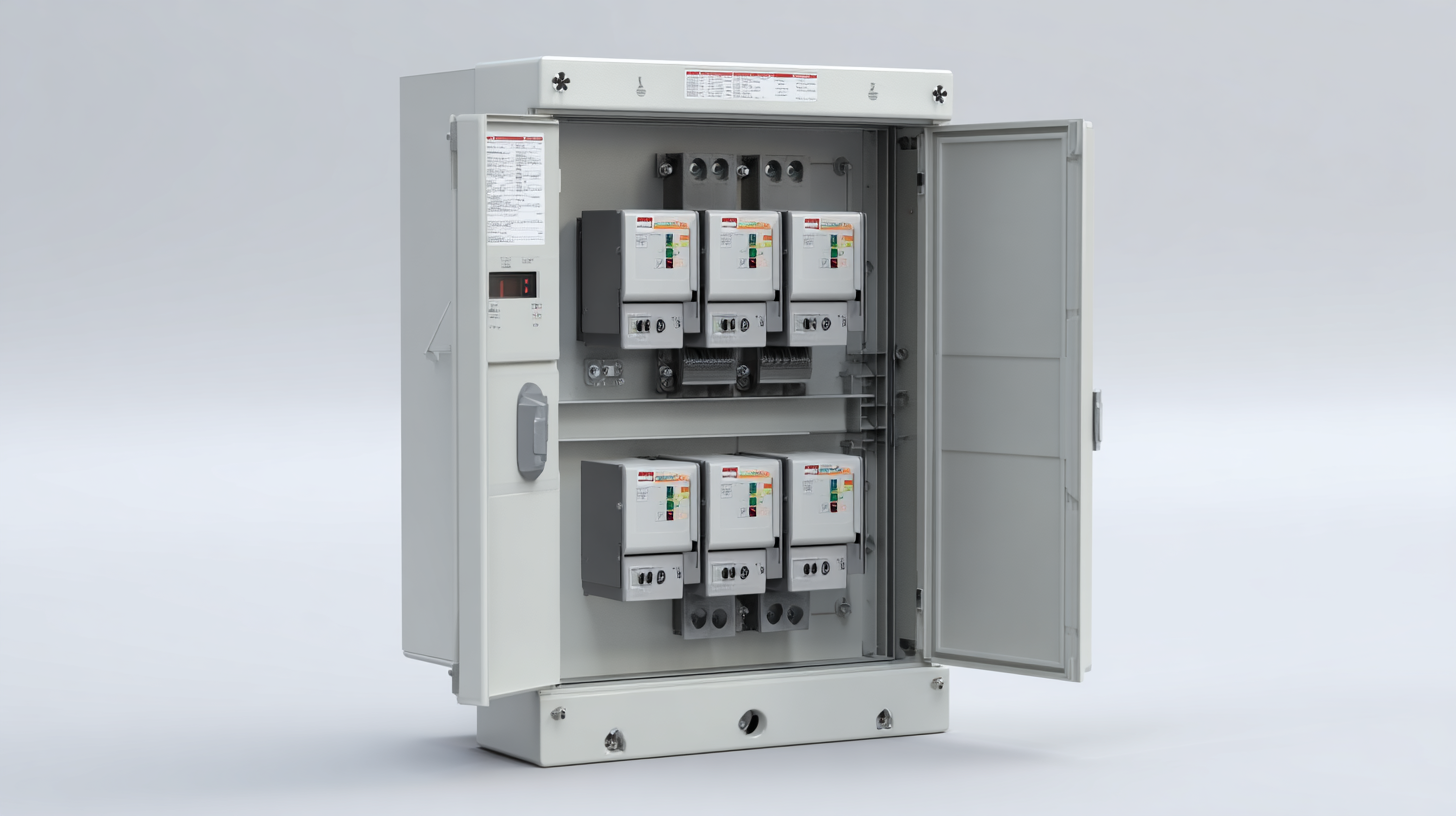
Maintaining and Testing Your Automatic Transfer Switch for Optimal Performance
When it comes to ensuring an uninterrupted power supply for your business, maintaining and testing your
automatic transfer switch (ATS) is crucial. An ATS automatically switches the
power source from utility to backup generator during an outage, minimizing downtime. Regular maintenance checks can
help identify potential issues before they become problematic, ensuring that your system operates reliably when needed.
Tips for Maintaining Your ATS:
1. Schedule inspections at least twice a year. During these checks, examine
the connections, wiring, and components for any signs of wear or corrosion.
2. Perform functional tests by simulating a power outage. This allows you
to ensure the switch activates as it should, and it verifies that the backup generator is fully operational.
3. Keep a maintenance log. Documenting inspections and repairs helps
track the performance of your ATS over time and assists in scheduling future maintenance.
By prioritizing maintenance and testing of your automatic transfer switch,
you can safeguard your business from unexpected power interruptions and ensure optimal performance.

Home
About Us
Products
Terminal Power Distribution Electric
AC Miniature Circuit Breaker
 BY06H-125 MCB 10-15KA Miniature Circuit Breaker
BY06H-125 MCB 10-15KA Miniature Circuit Breaker
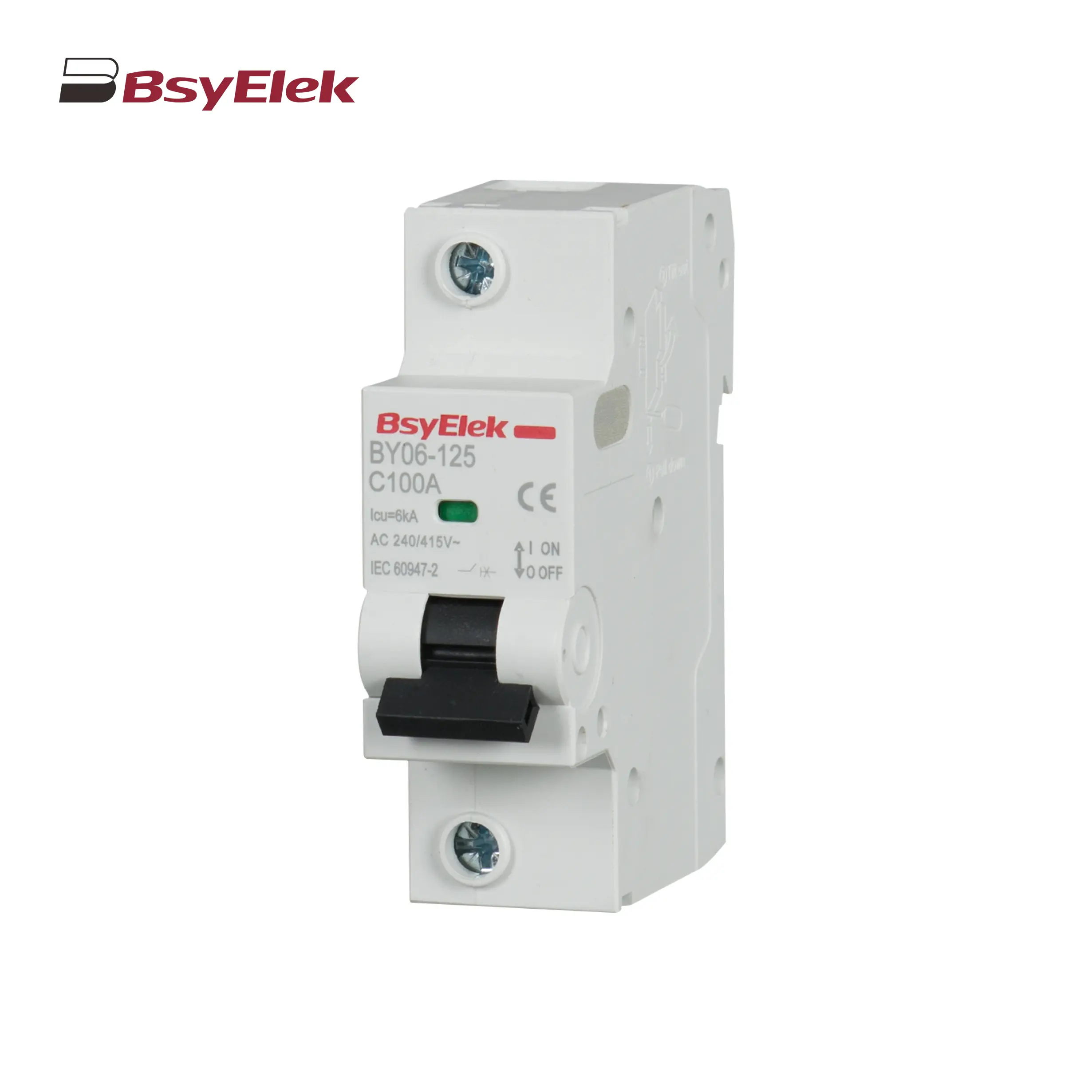 BY06-125 MCB 6KA Miniature Circuit Breaker
BY06-125 MCB 6KA Miniature Circuit Breaker
 BY05H-40 MCB Single Modular 6KA Miniature Circuit Breaker
BY05H-40 MCB Single Modular 6KA Miniature Circuit Breaker
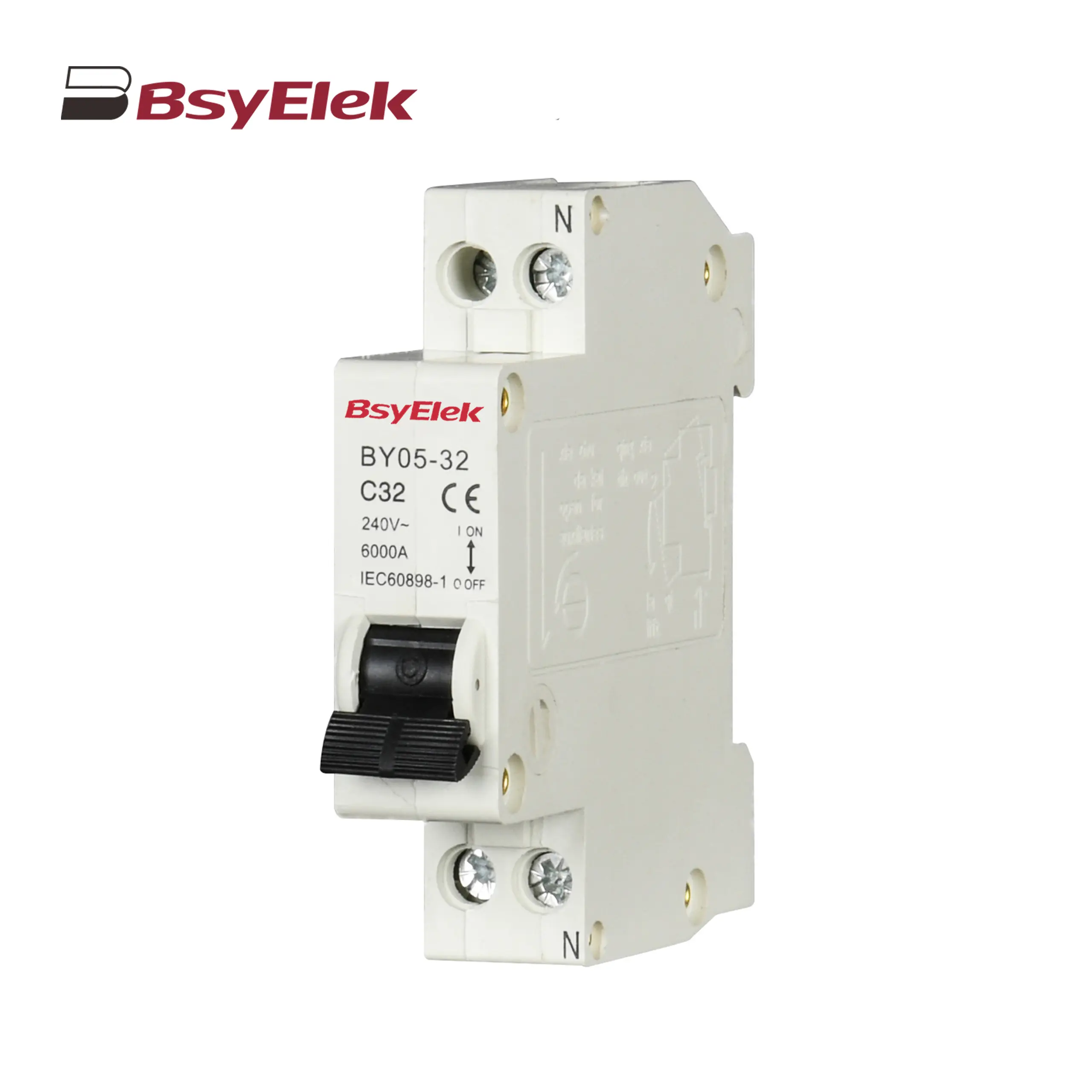 BY05-32 MCB Single Modular 3KA Miniature Circuit Breaker
BY05-32 MCB Single Modular 3KA Miniature Circuit Breaker
 BY04-63 MCB 6-10KA Miniature Circuit Breaker
BY04-63 MCB 6-10KA Miniature Circuit Breaker
 BY03H-63 MCB 6KA Miniature Circuit Breaker
BY03H-63 MCB 6KA Miniature Circuit Breaker
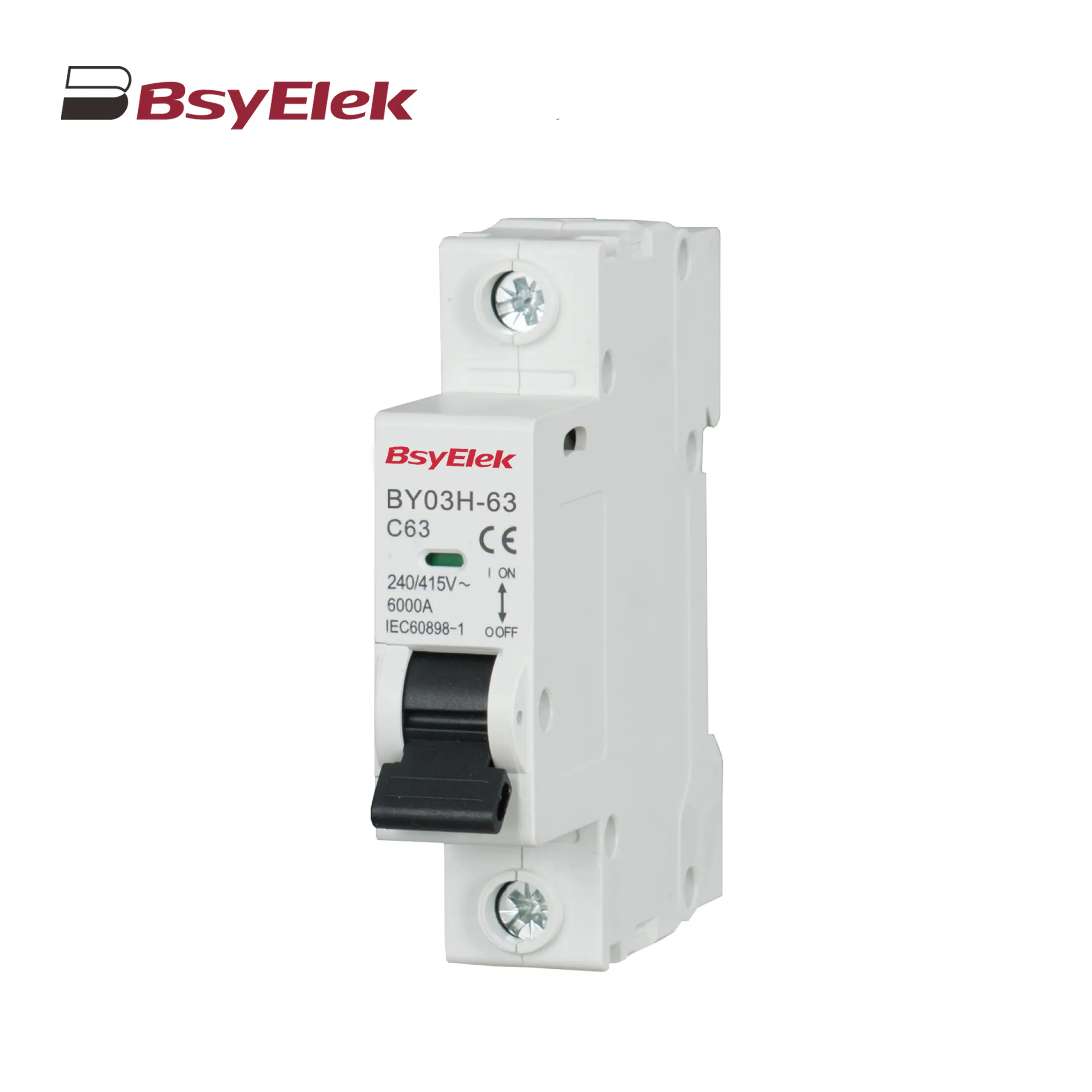 BY03-63 MCB 4.5KA Miniature Circuit Breaker
BY03-63 MCB 4.5KA Miniature Circuit Breaker
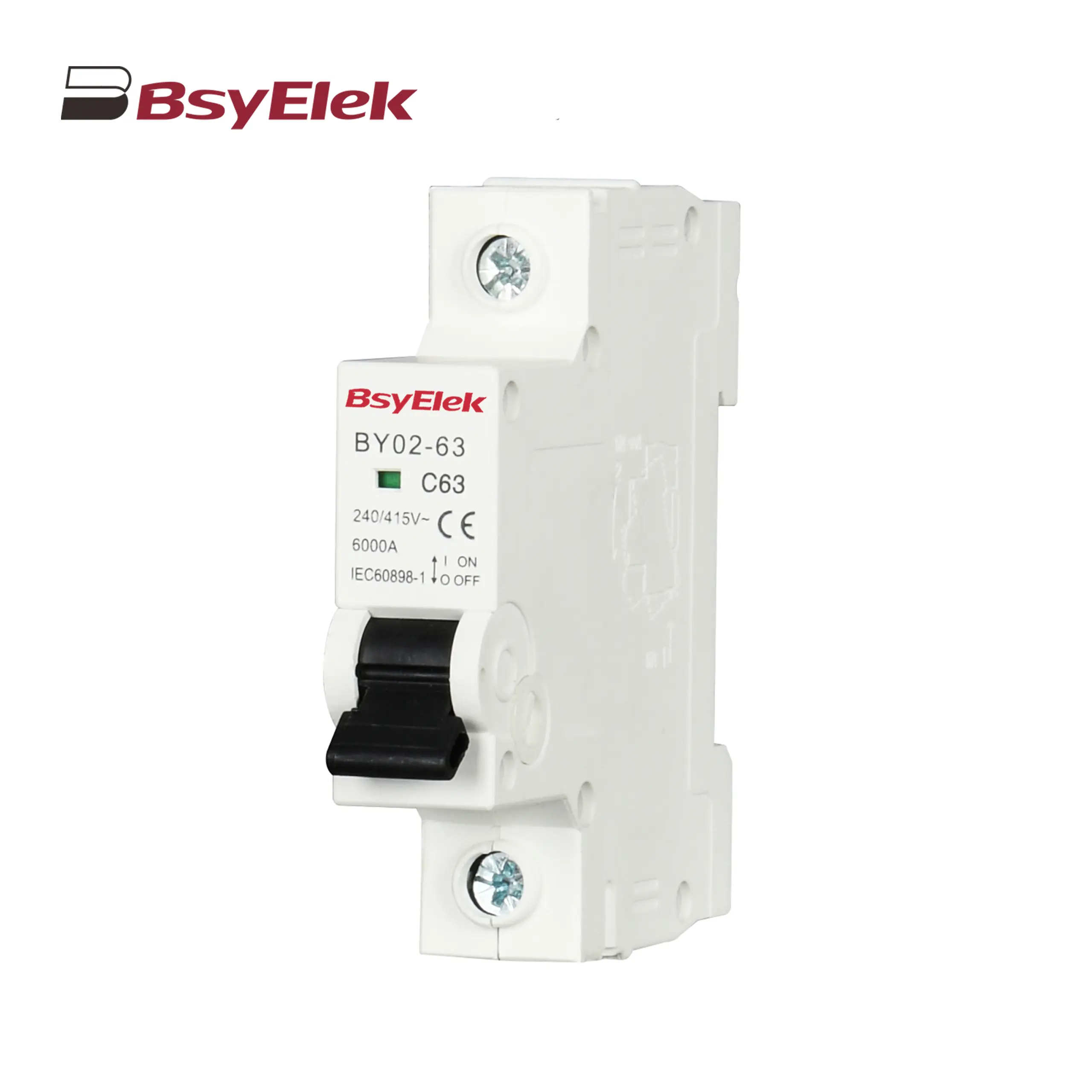 BY02-63 MCB 3kA Miniature Circuit Breaker
BY02-63 MCB 3kA Miniature Circuit Breaker
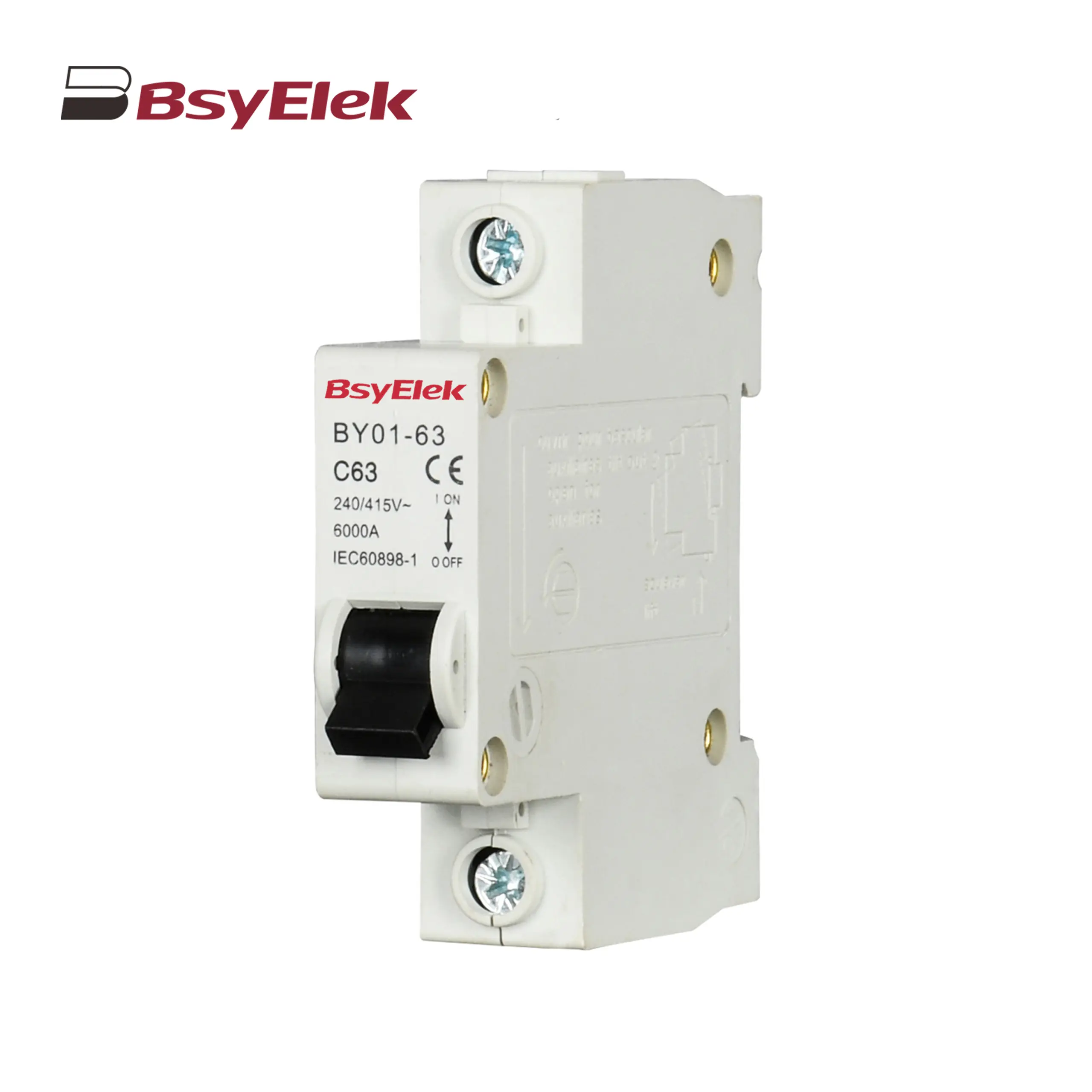 BY01-63 MCB 3kA Miniature Circuit Breaker
BY01-63 MCB 3kA Miniature Circuit Breaker
MCB Accessories
Main Switch
RCBO RCCB
 BY07L-63 RCCB 6KA Residual Current Circuit Breaker
BY07L-63 RCCB 6KA Residual Current Circuit Breaker
 BY05HL-40 RCBO 6KA Residual Current Circuit Breaker with Over-current Protection
BY05HL-40 RCBO 6KA Residual Current Circuit Breaker with Over-current Protection
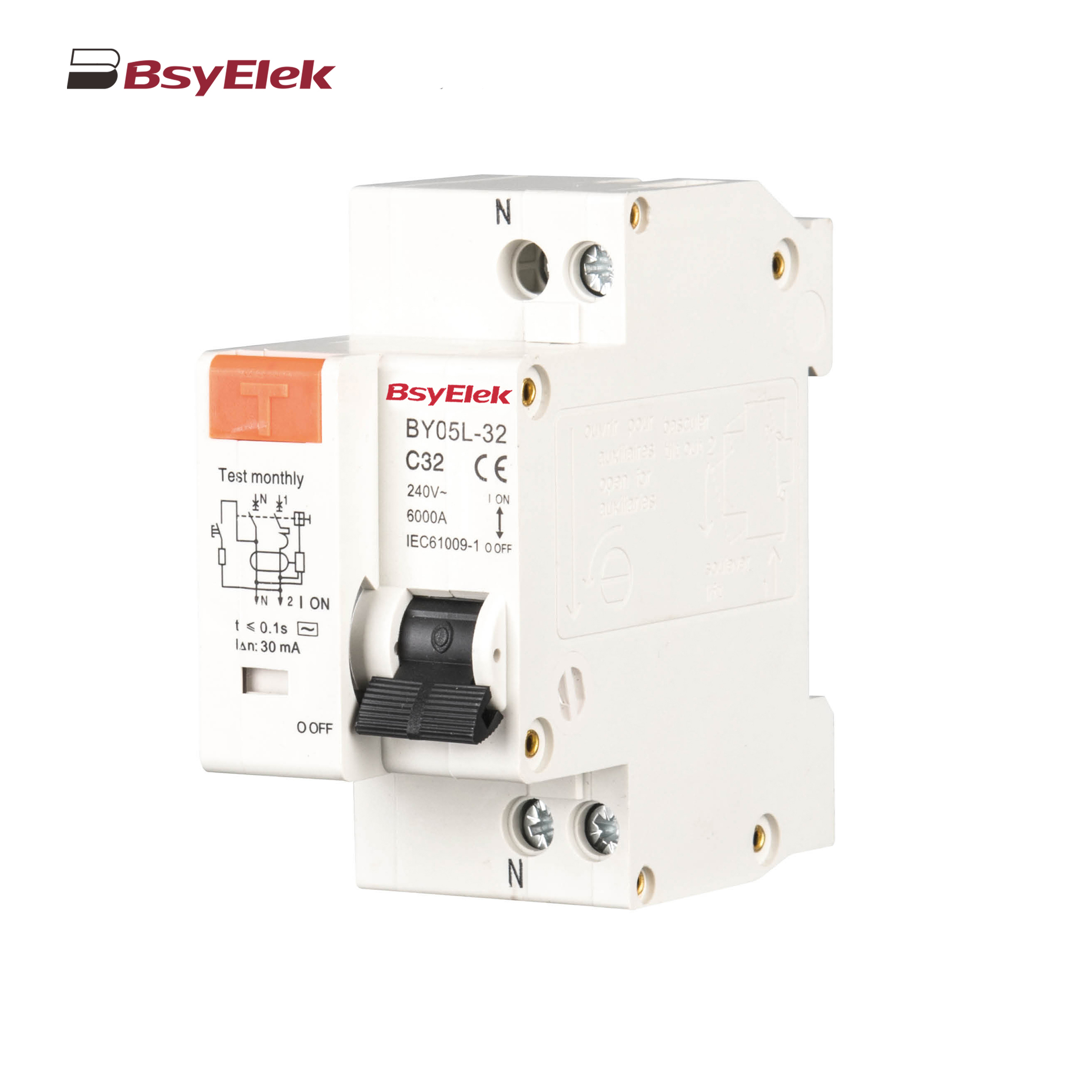 BY05L-32 RCBO 3KA Residual Current Circuit Breaker with Over-current Protection
BY05L-32 RCBO 3KA Residual Current Circuit Breaker with Over-current Protection
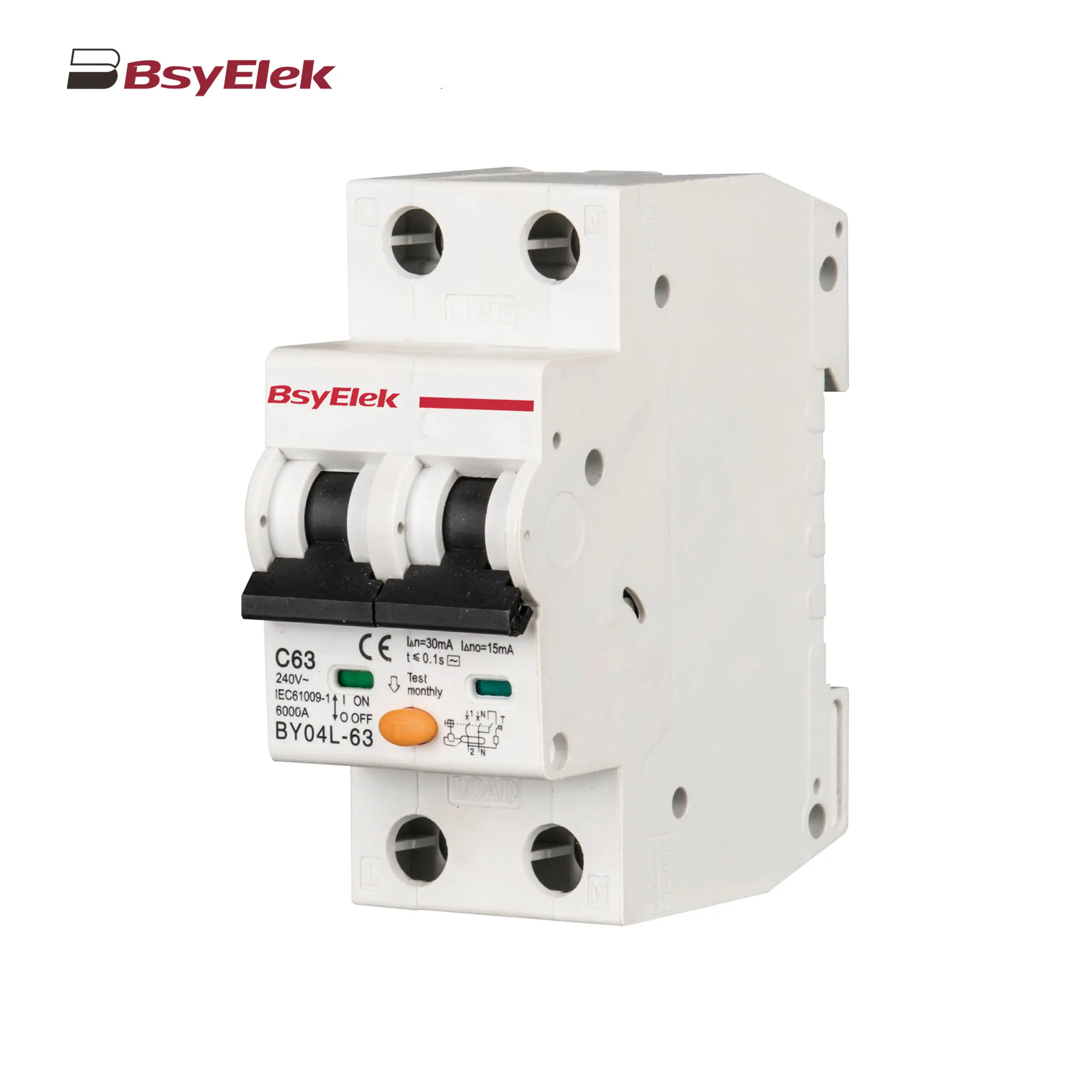 BY04L-63 RCBO 6KA Residual Current Circuit Breaker with Over-current Protection
BY04L-63 RCBO 6KA Residual Current Circuit Breaker with Over-current Protection
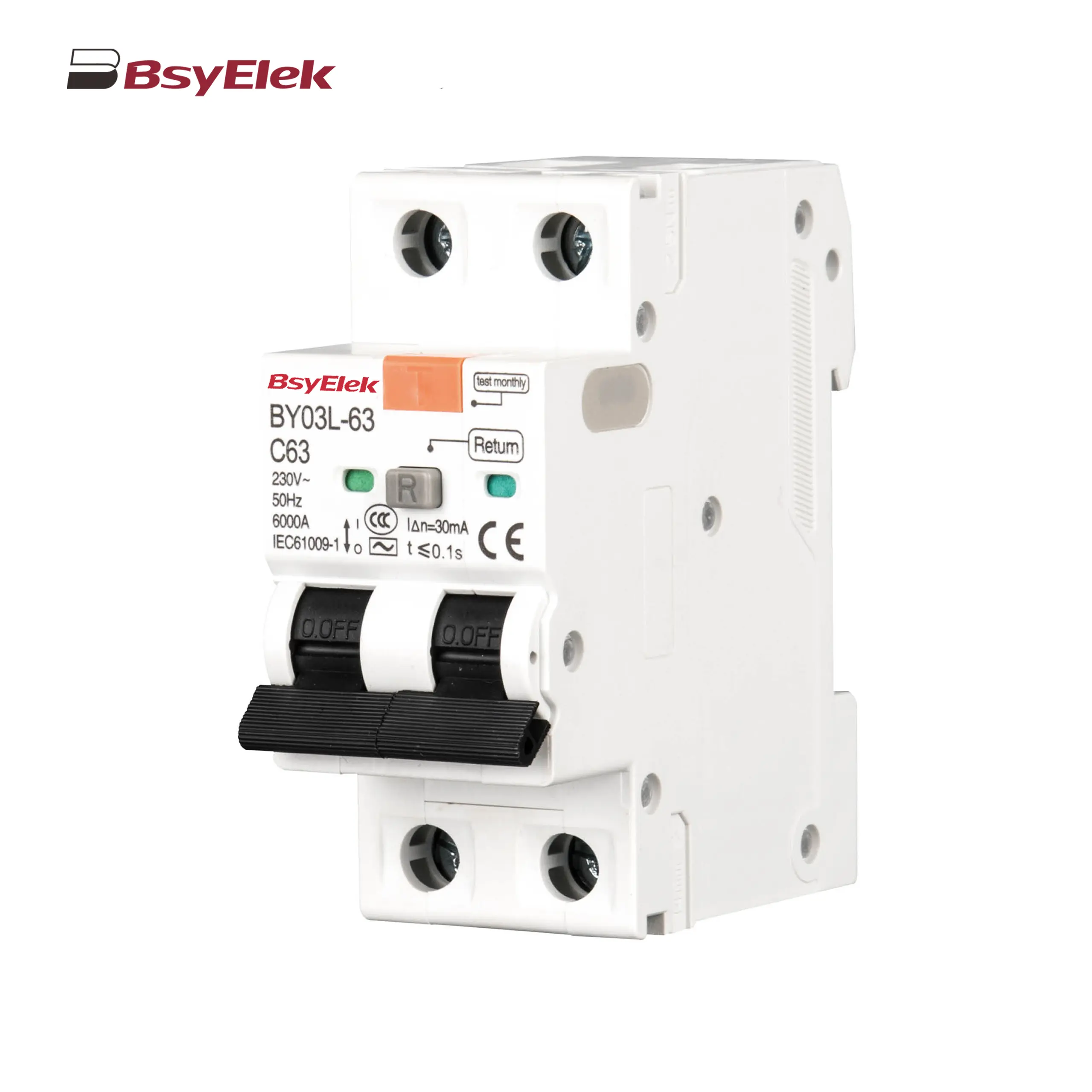 BY03L-63 RCBO 4.5KA Residual Current Circuit Breaker with Over-current Protection
BY03L-63 RCBO 4.5KA Residual Current Circuit Breaker with Over-current Protection
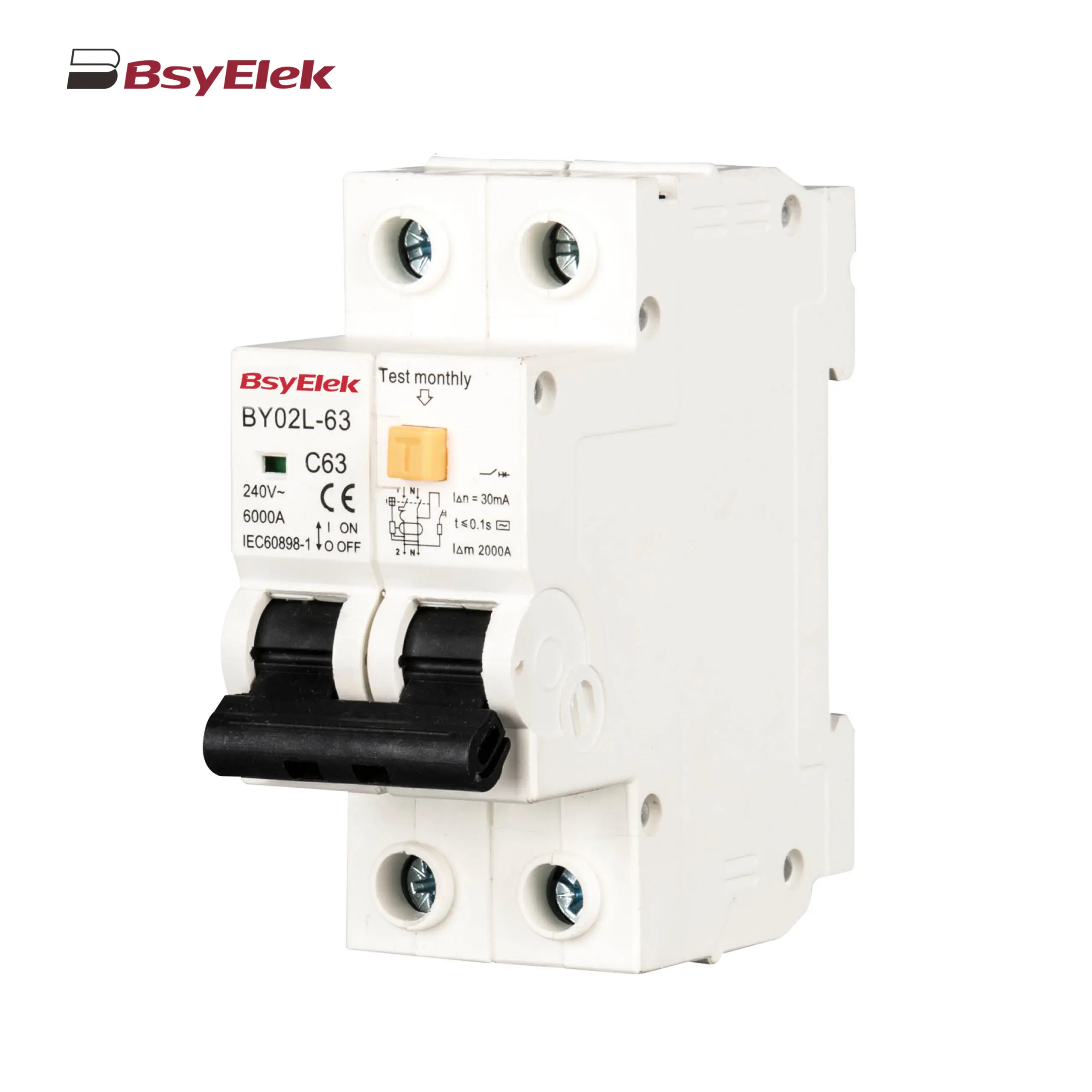 BY02L-63 RCBO 3KA Residual Current Circuit Breaker with Over-current Protection
BY02L-63 RCBO 3KA Residual Current Circuit Breaker with Over-current Protection
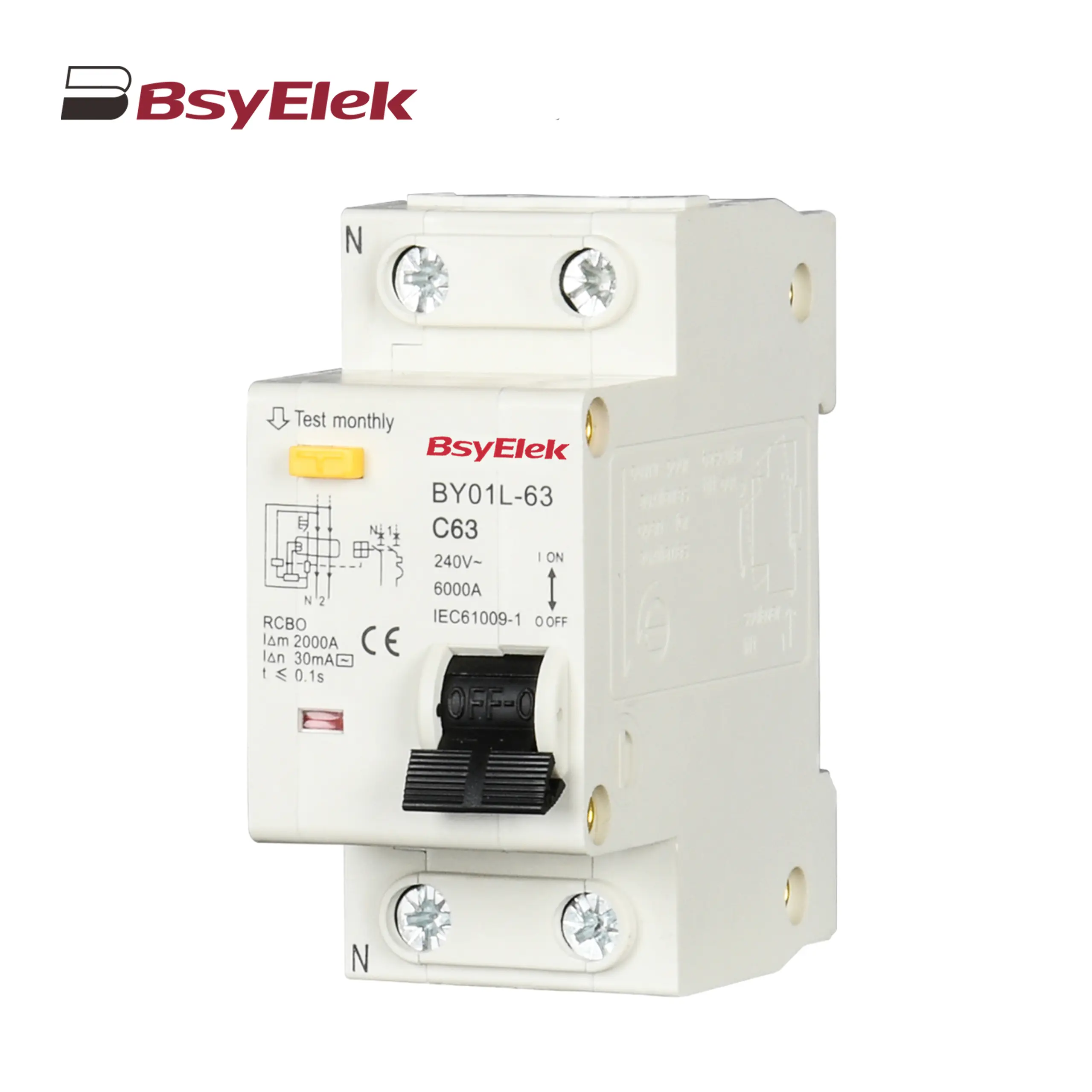 BY01L-63 RCBO 1P+N 3KA Residual Current Circuit Breaker with Over-current Protection
BY01L-63 RCBO 1P+N 3KA Residual Current Circuit Breaker with Over-current Protection
Resettable Overvoltage and Undervoltage Protector
AC Contactor
AC Surge Protective Device
Changeover Switch
Photovoltaic System Protection
DC Miniature Circuit Breaker
 BY06H-125DC MCB 10-15kA DC Miniature Circuit Breaker
BY06H-125DC MCB 10-15kA DC Miniature Circuit Breaker
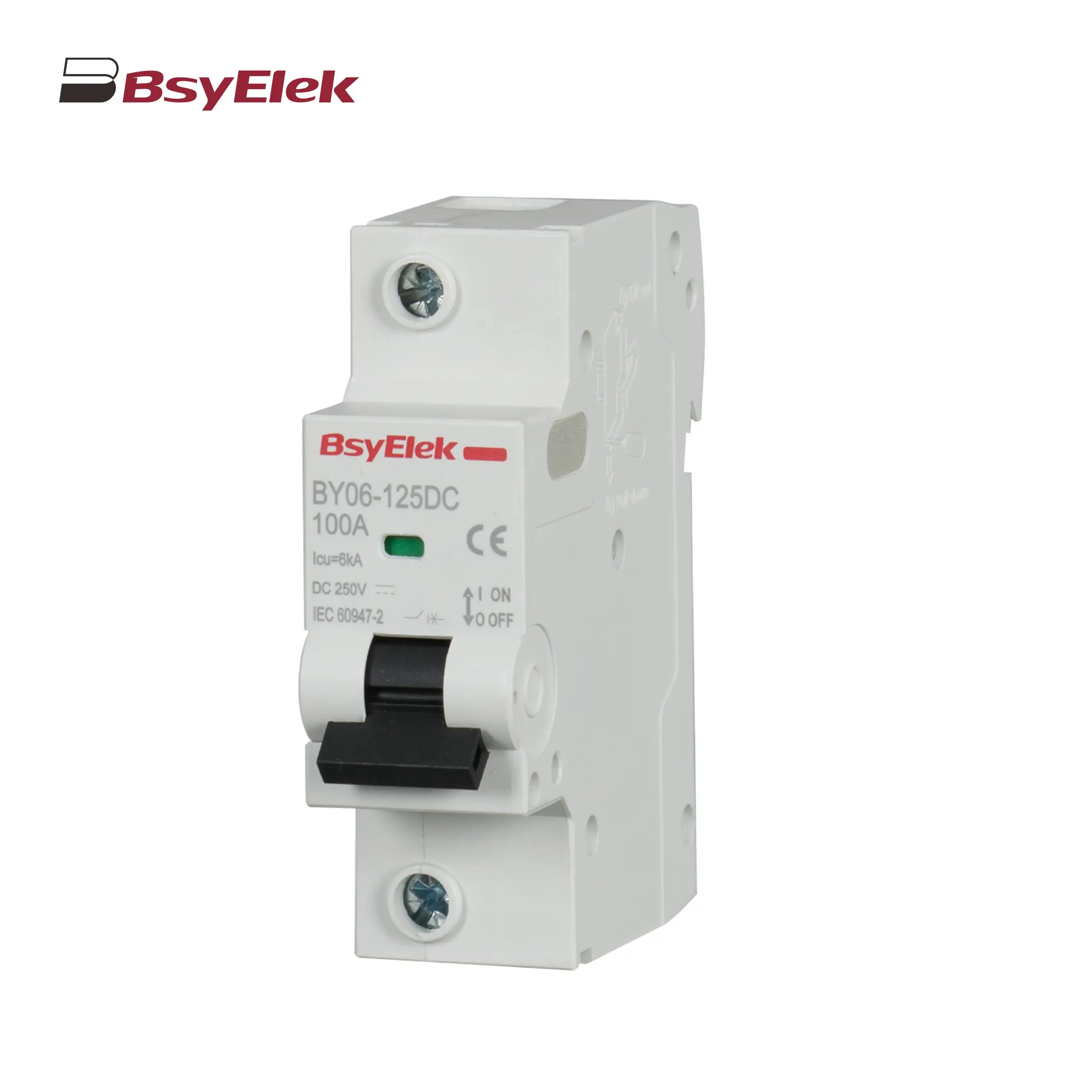 BY06-125DC MCB 6kA DC Miniature Circuit Breaker
BY06-125DC MCB 6kA DC Miniature Circuit Breaker
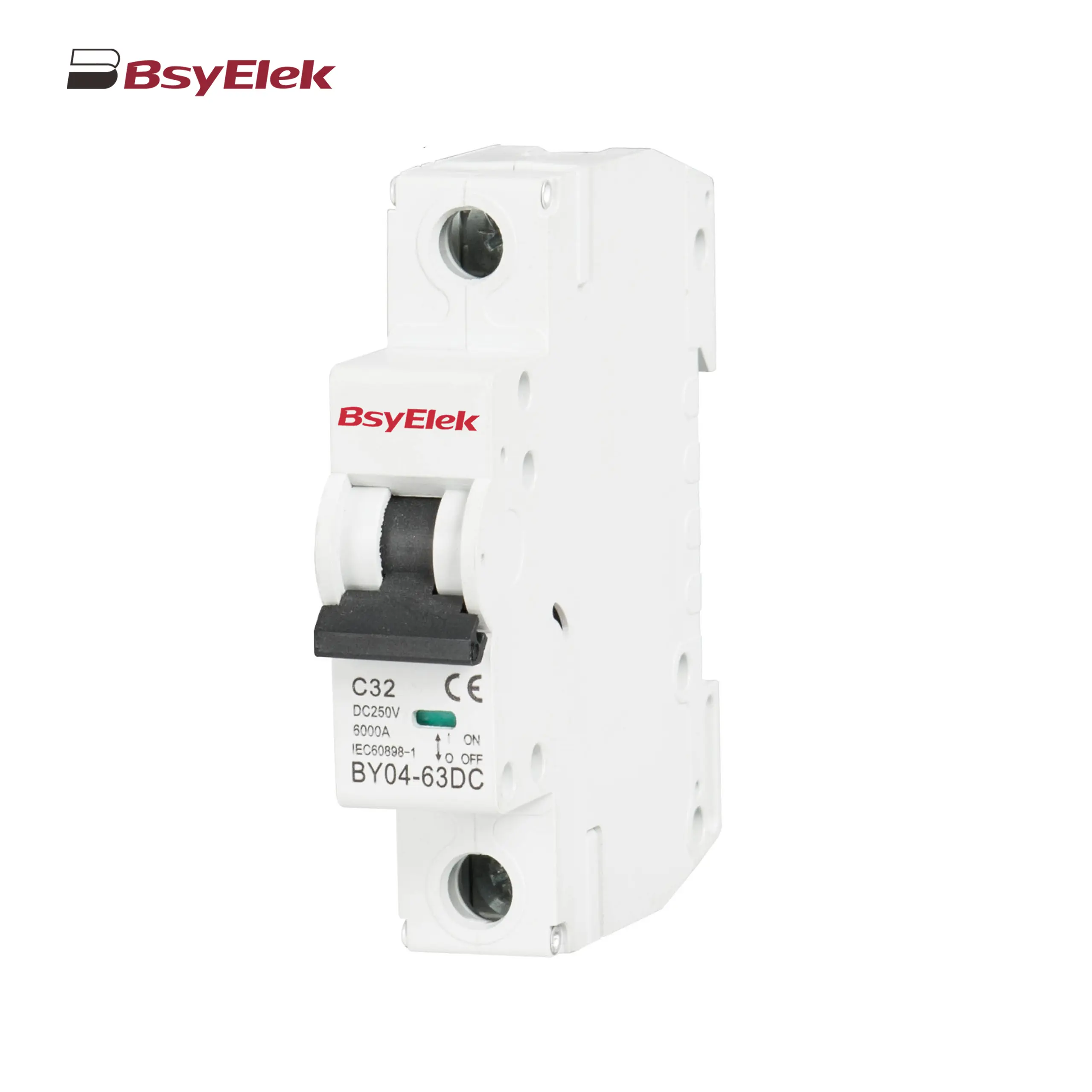 BY04-63DC MCB 6-10kA DC Miniature Circuit Breaker
BY04-63DC MCB 6-10kA DC Miniature Circuit Breaker
 BY03H-63DC MCB 6kA DC Miniature Circuit Breaker
BY03H-63DC MCB 6kA DC Miniature Circuit Breaker
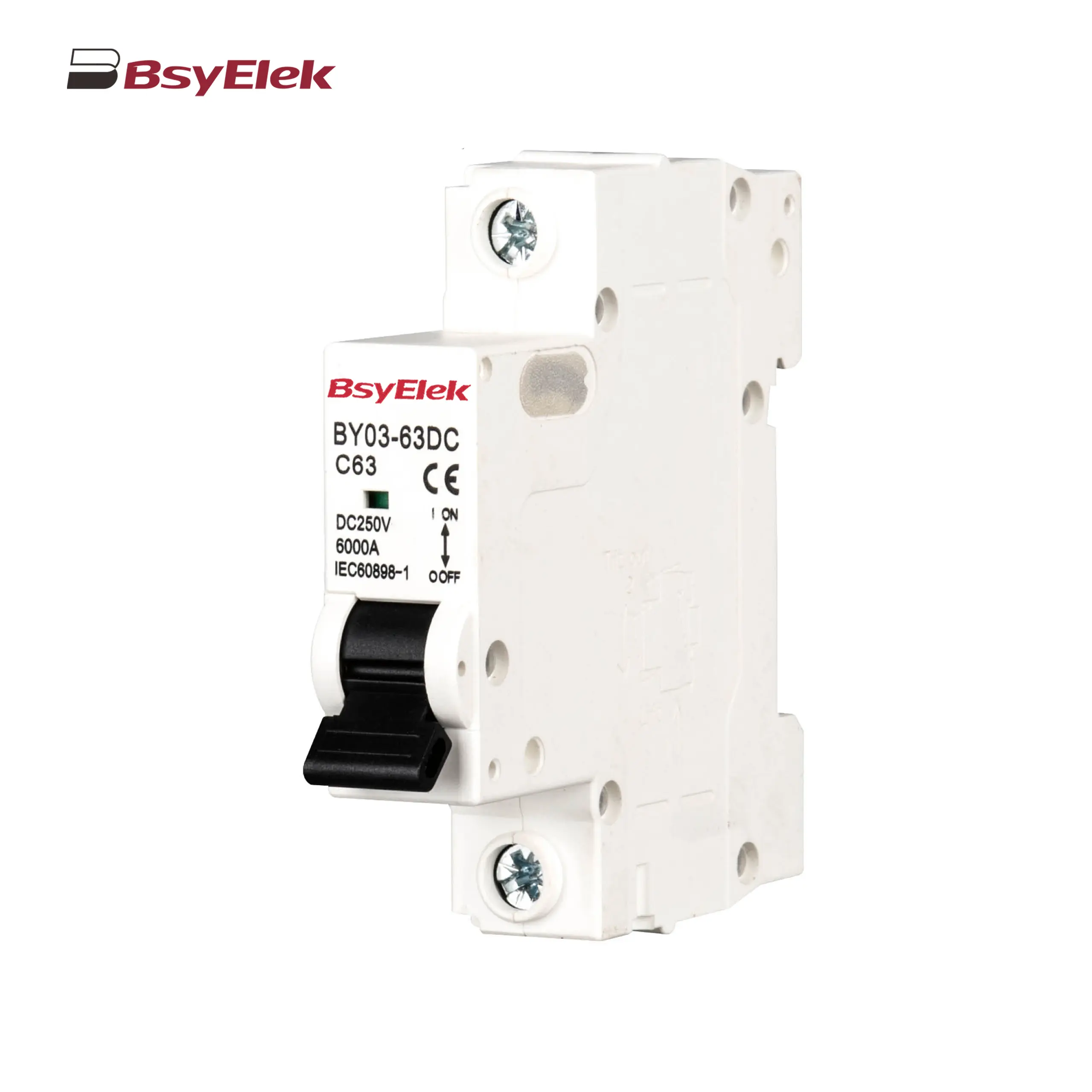 BY03-63DC MCB 4.5kA DC Miniature Circuit Breaker
BY03-63DC MCB 4.5kA DC Miniature Circuit Breaker
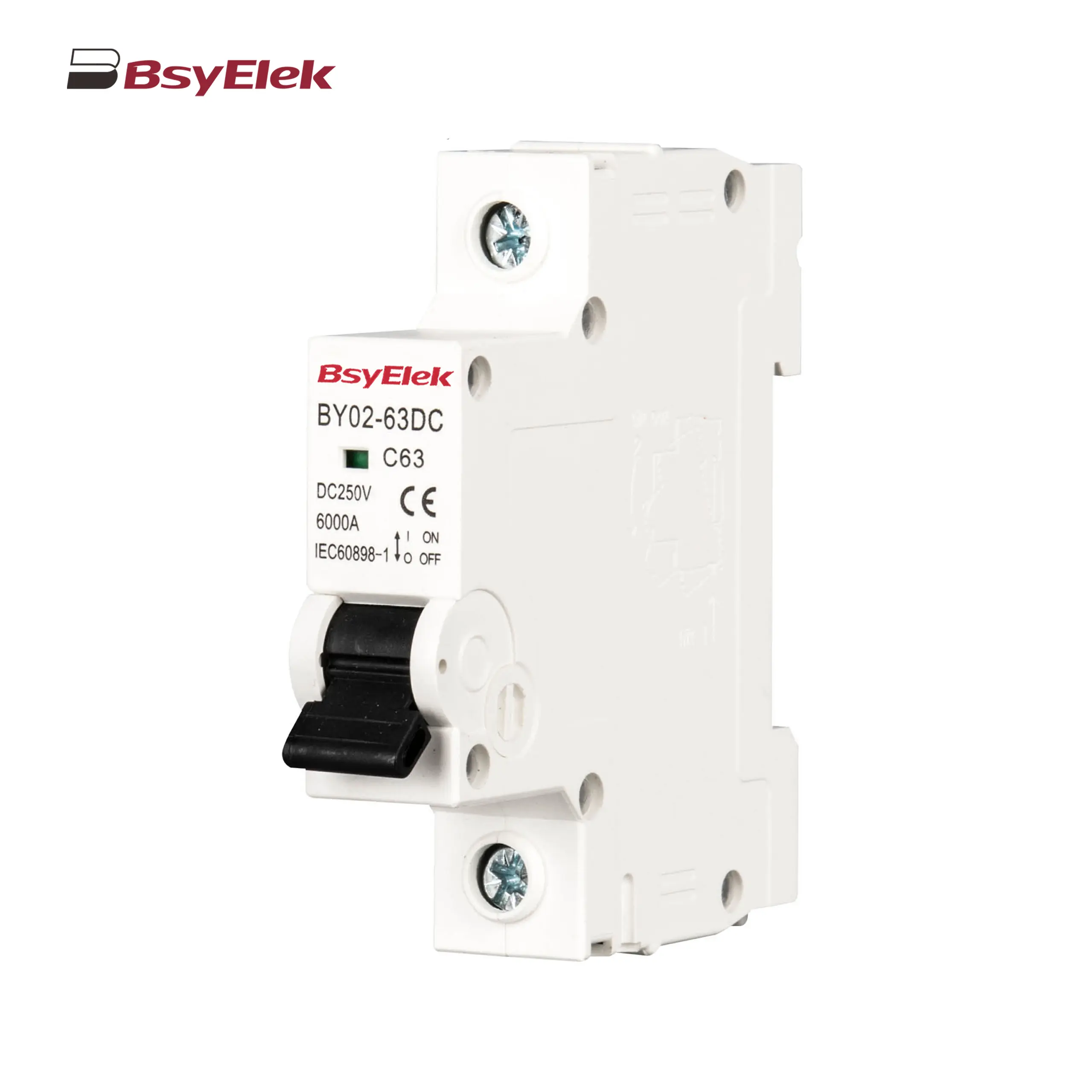 BY02-63DC MCB 3kA DC Miniature Circuit Breaker
BY02-63DC MCB 3kA DC Miniature Circuit Breaker
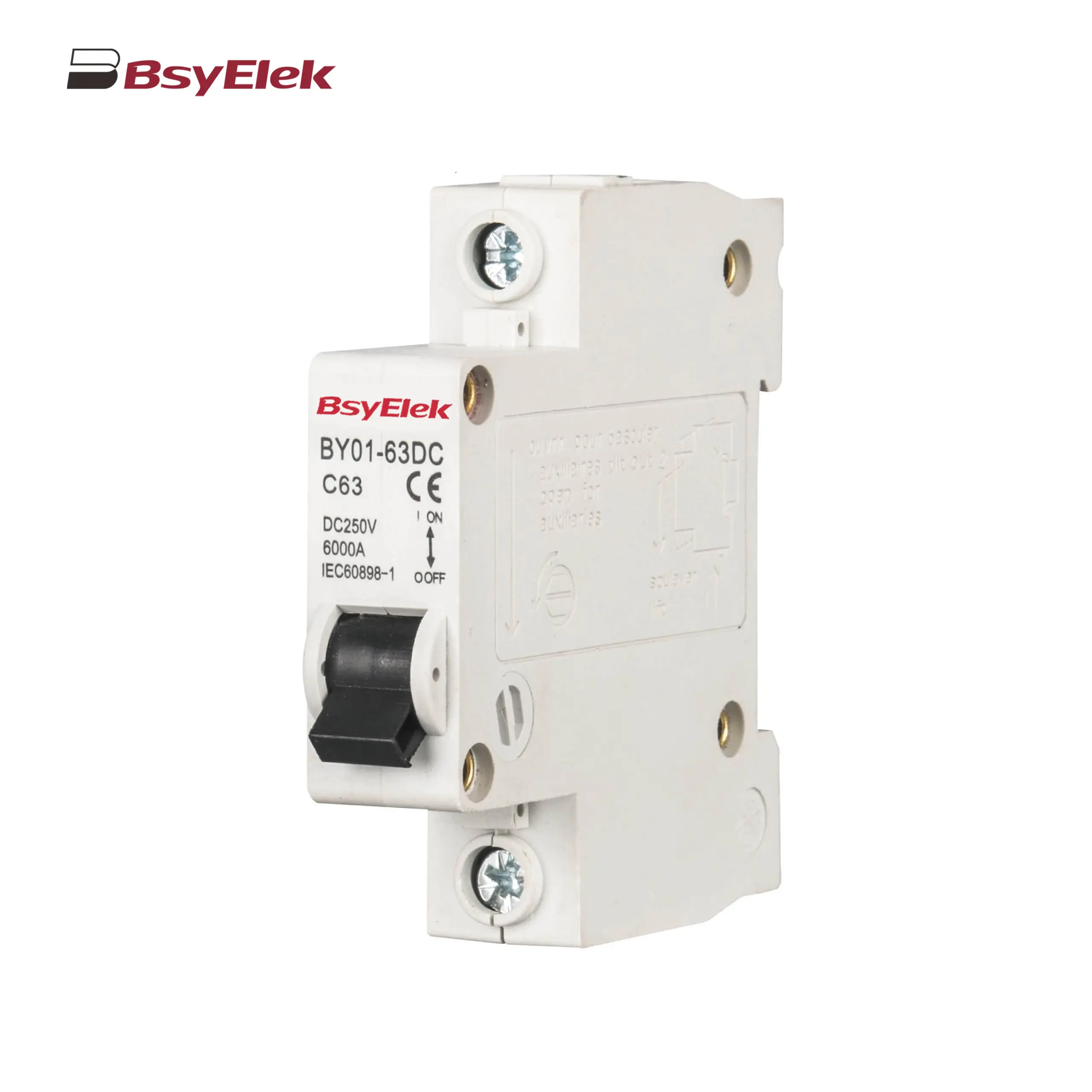 BY01-63DC MCB 3kA DC Miniature Circuit Breaker
BY01-63DC MCB 3kA DC Miniature Circuit Breaker
RCD
DC Surge Protective Device
DC Fuse
PV Isolator Switch
PV Connector
Cable Gland
PV Cable
PV Knife Switch
DC Molded Case Circuit Breaker
Industrial Power Distribution Electric
Distribution Box
Air Conditioning System
Definite Purpose Magnetic Contactor
Condensate Pump
 BY-5018 1.8M Engineering Drainage Pump
BY-5018 1.8M Engineering Drainage Pump
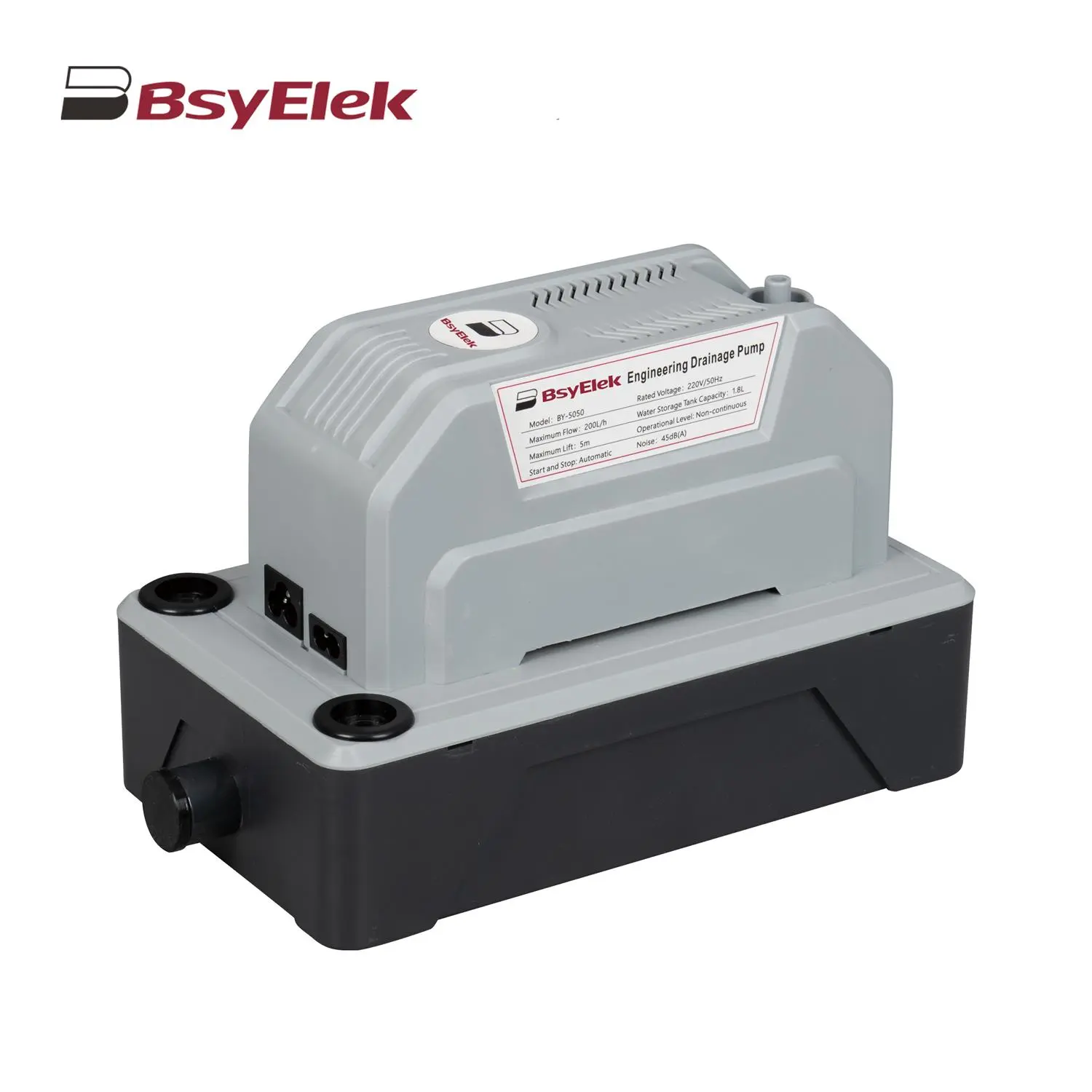 BY-5050 5M Engineering Drainage Pump
BY-5050 5M Engineering Drainage Pump
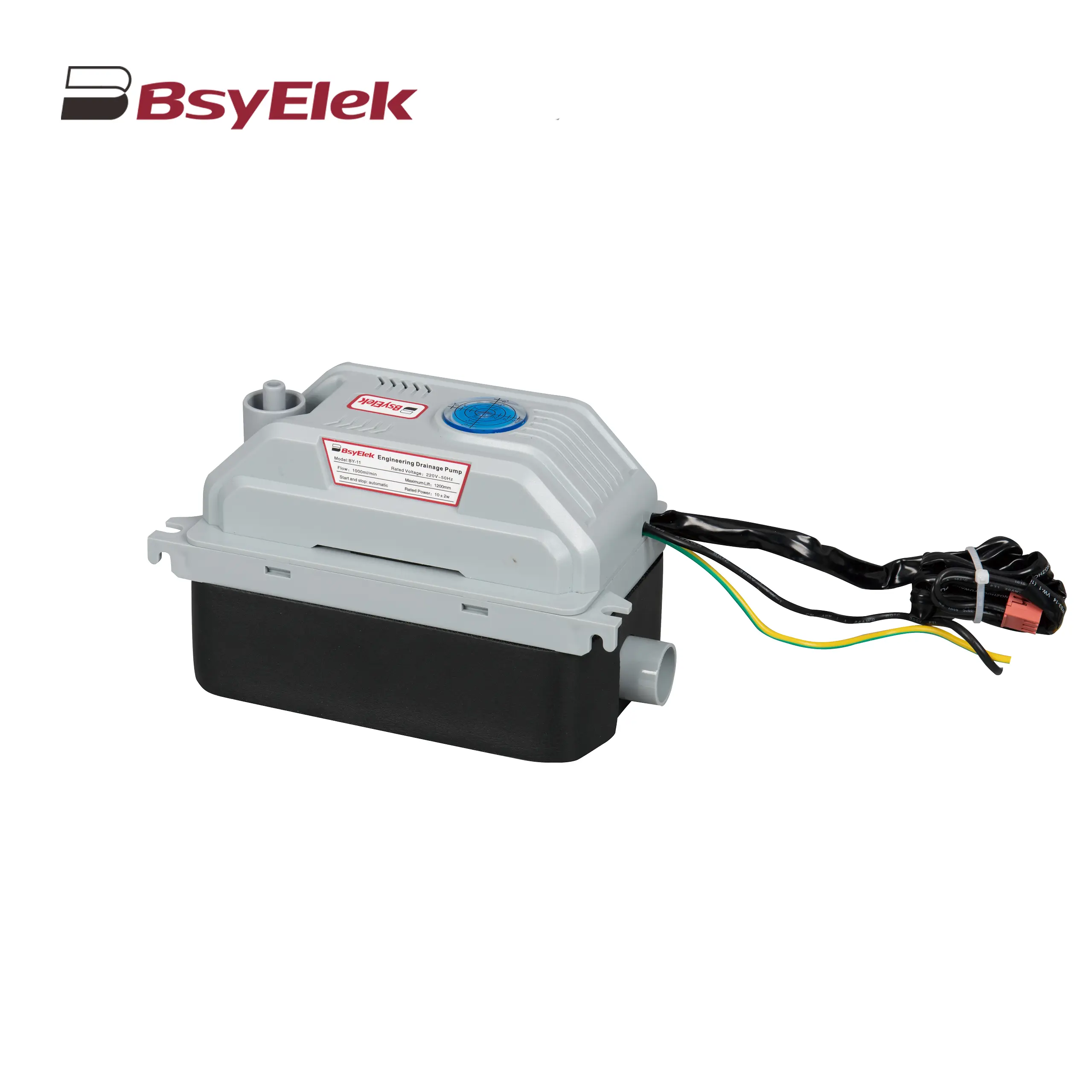 BY-11 1.2M Engineering Drainage Pump
BY-11 1.2M Engineering Drainage Pump
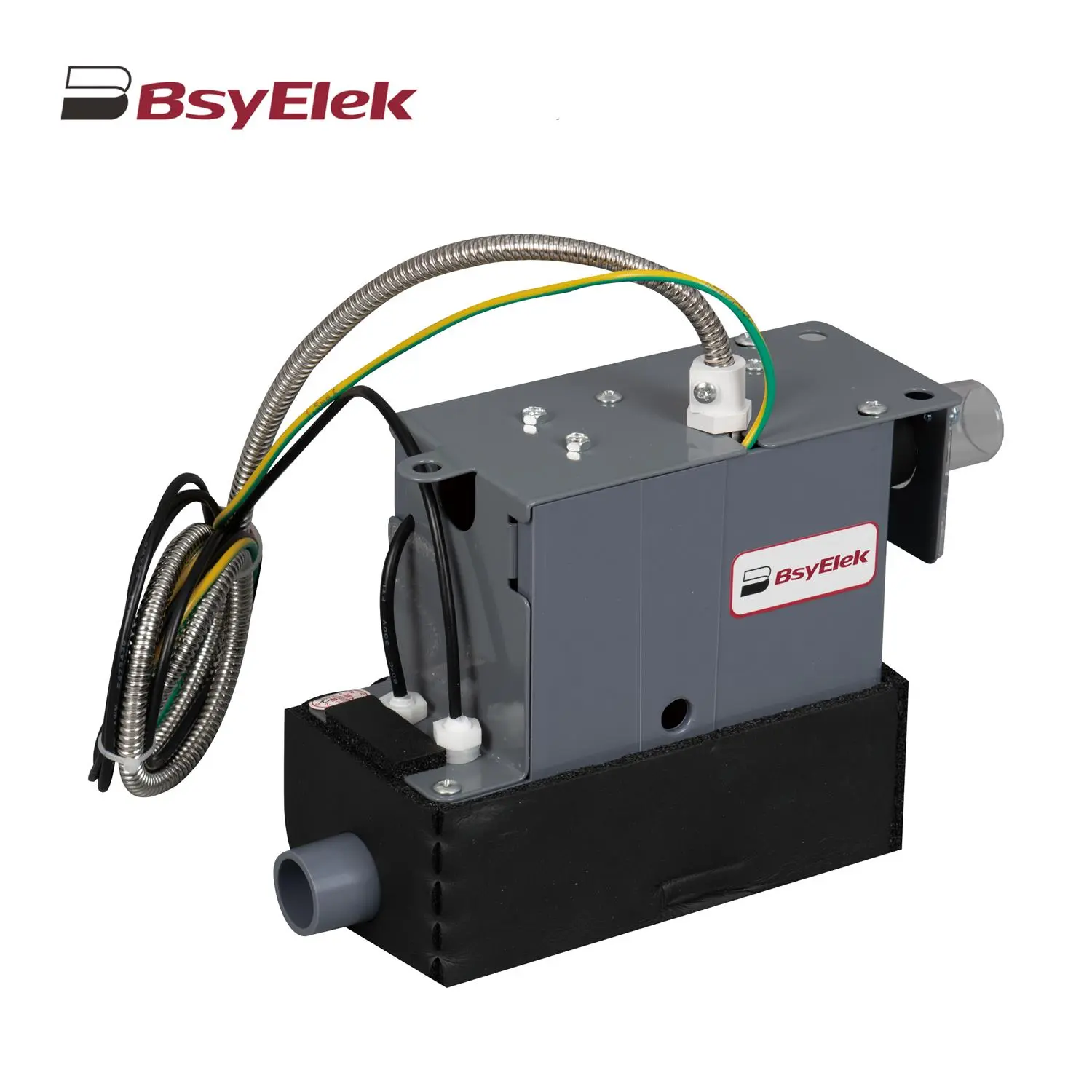 SBH-05 0.7M Original Drainage Pump of Duct Type Air Conditioner
SBH-05 0.7M Original Drainage Pump of Duct Type Air Conditioner
 BY-24A/40A 10M Drainage Pump of Air Conditioner
BY-24A/40A 10M Drainage Pump of Air Conditioner
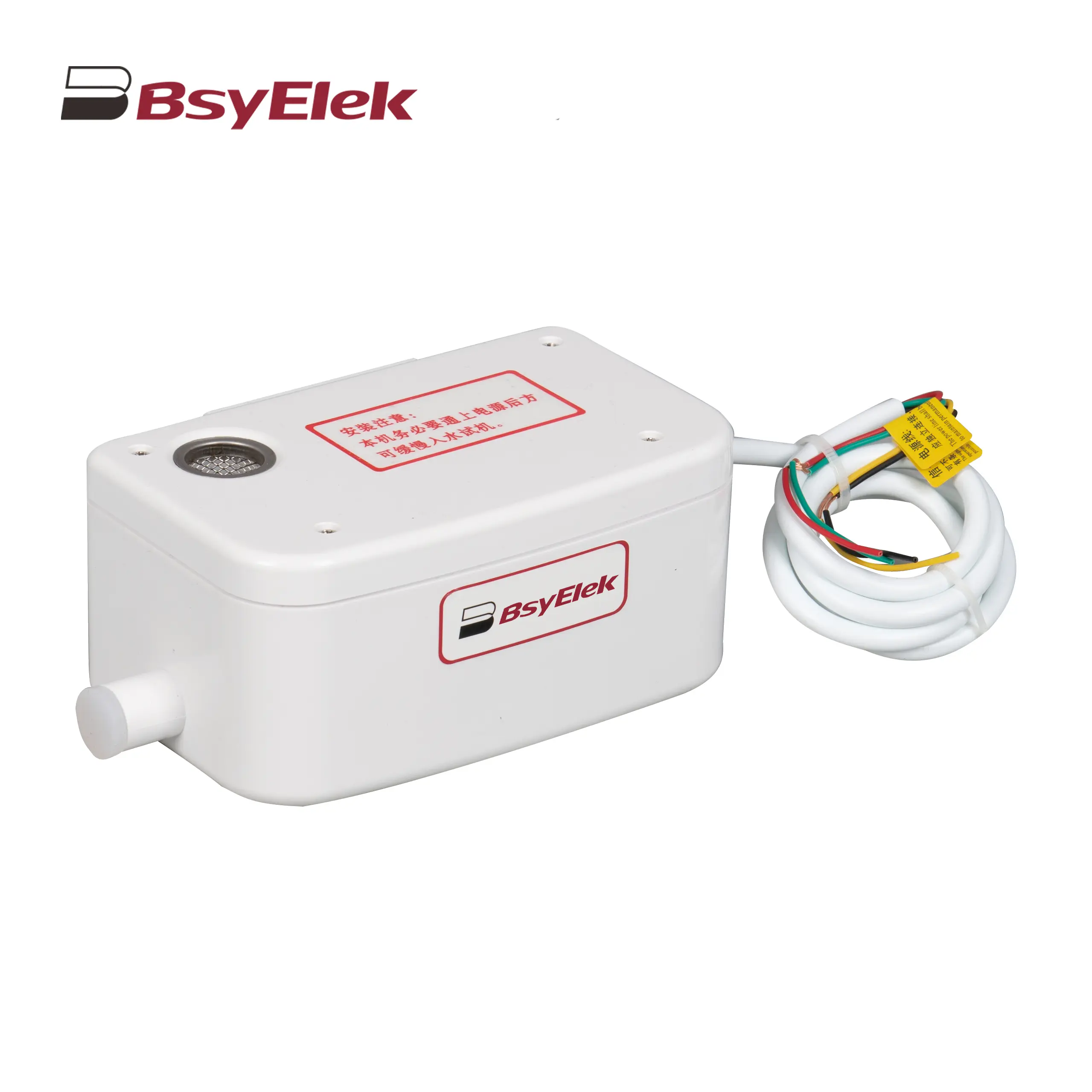 BY-50A 12M Drainage Pump of Air Conditioner
BY-50A 12M Drainage Pump of Air Conditioner
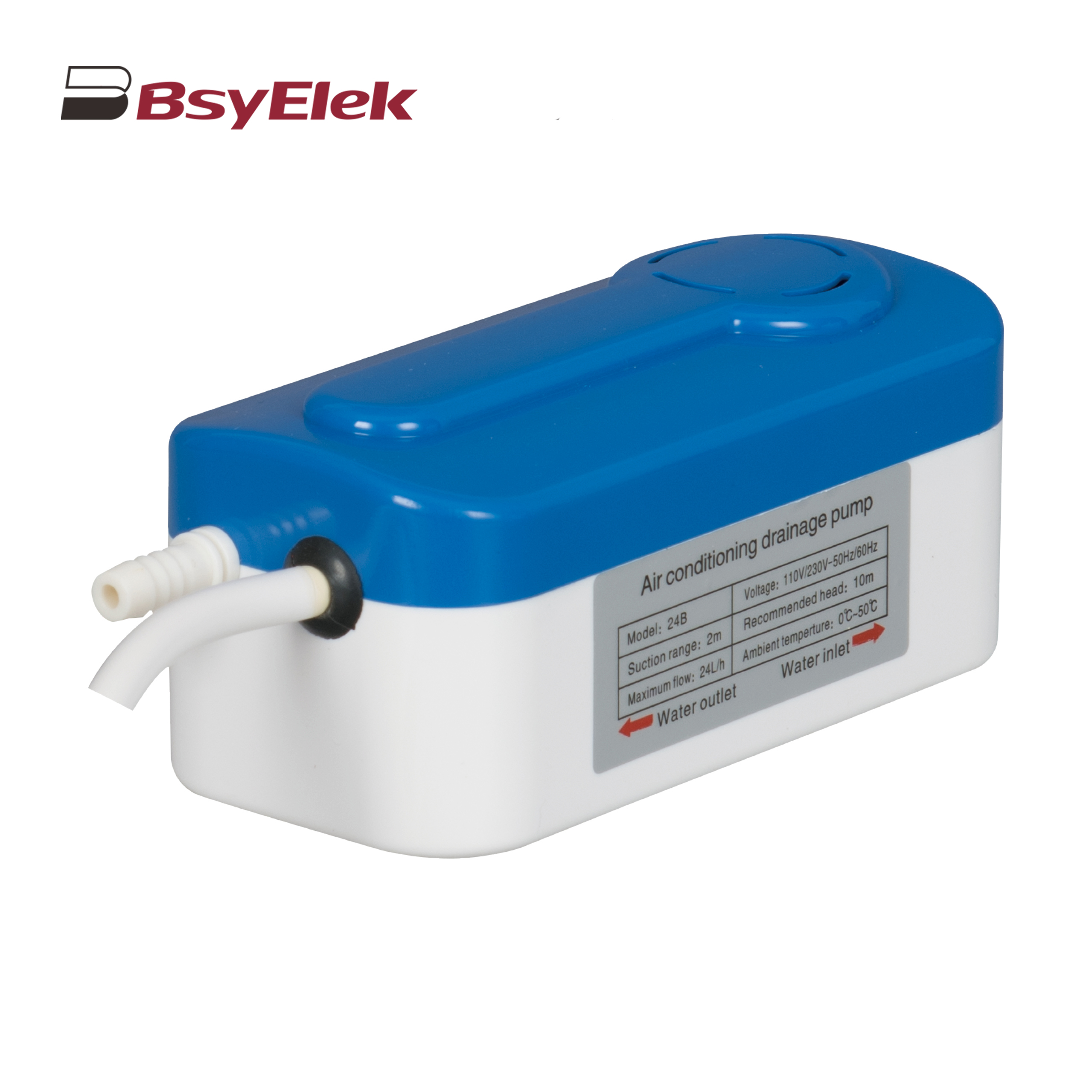 BY-24B/40B 10M Split Type Drainage Pump
BY-24B/40B 10M Split Type Drainage Pump
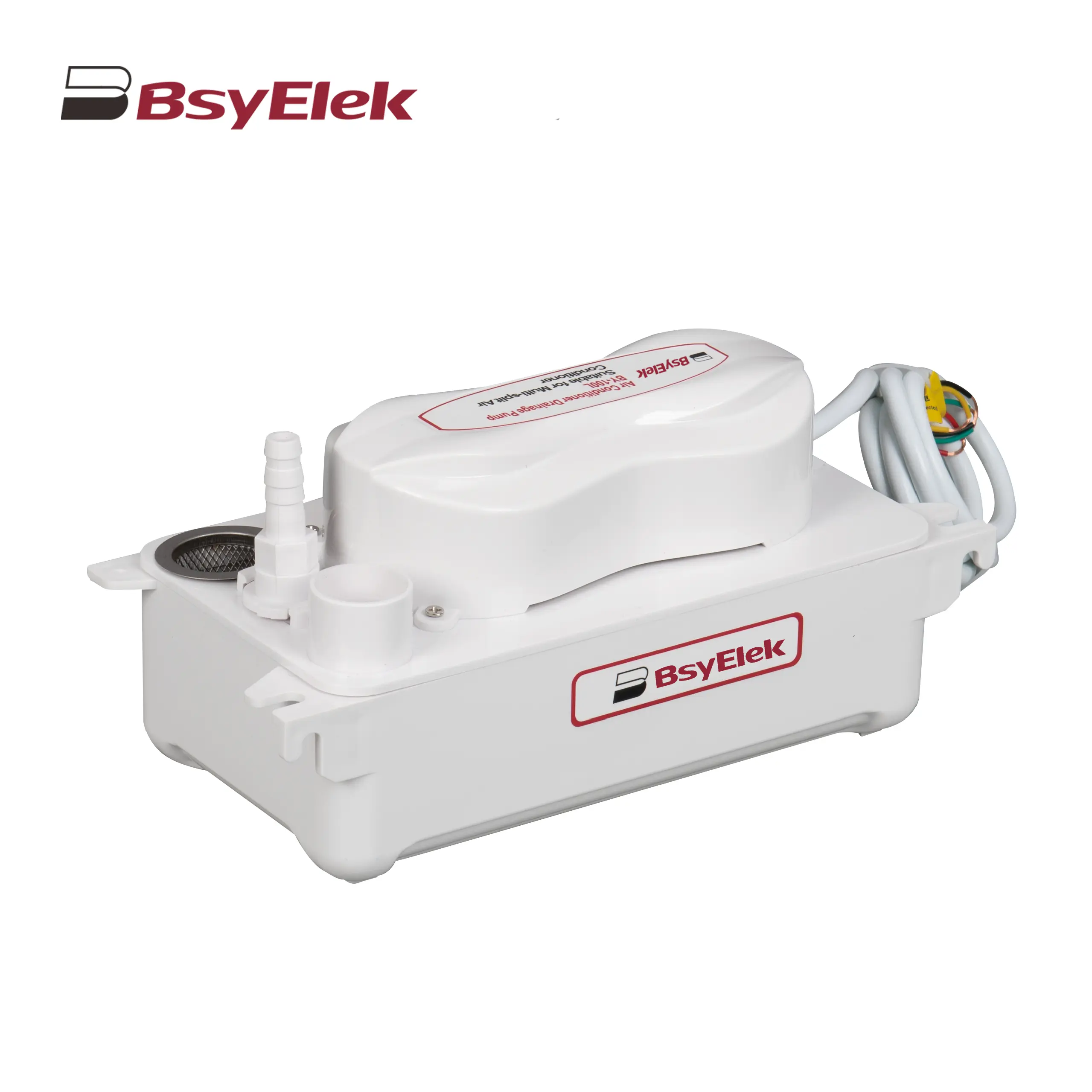 BY-100L 2M Drainage Pump of Air Conditioner
BY-100L 2M Drainage Pump of Air Conditioner
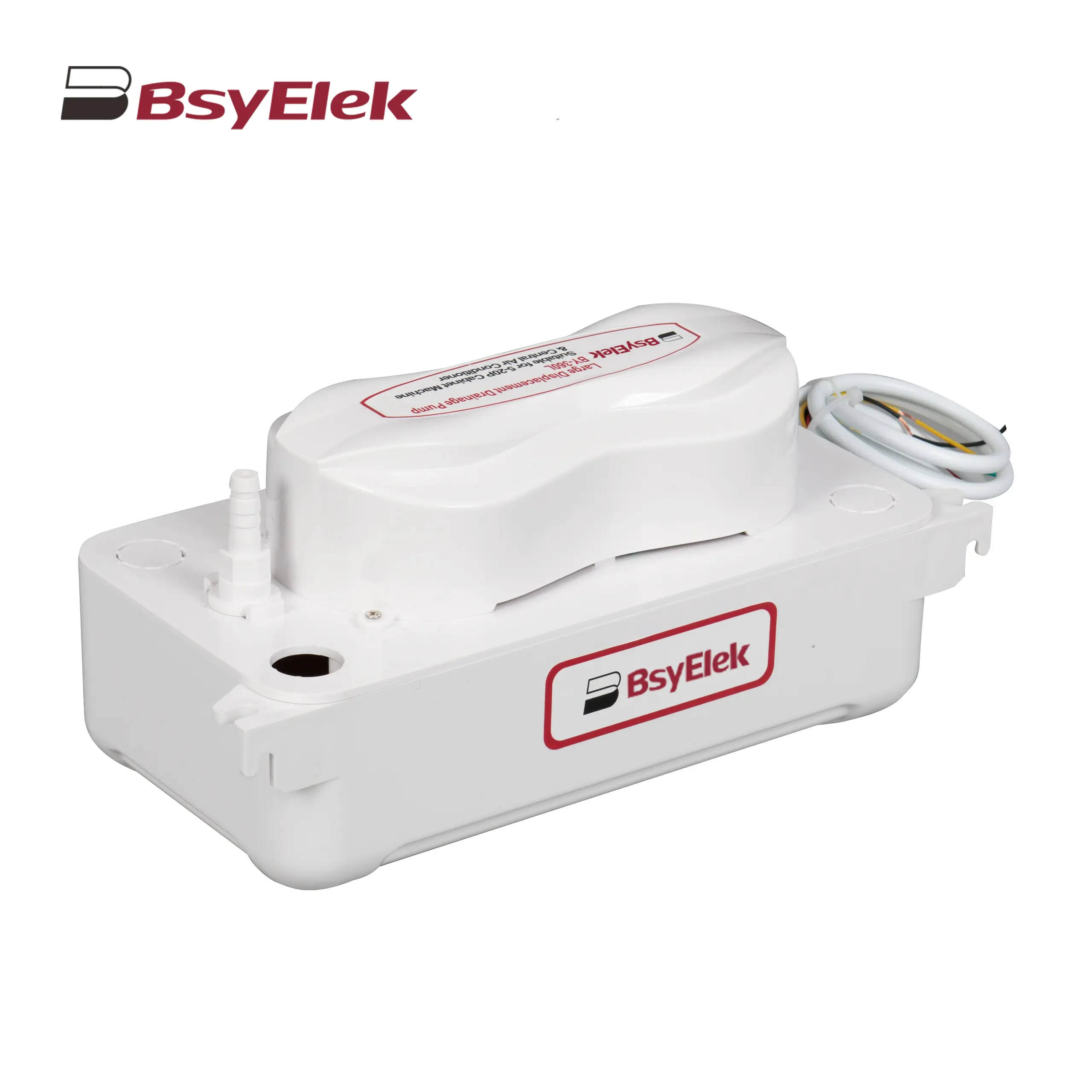 BY-360L 6M Large Displacement Drainage Pump
BY-360L 6M Large Displacement Drainage Pump
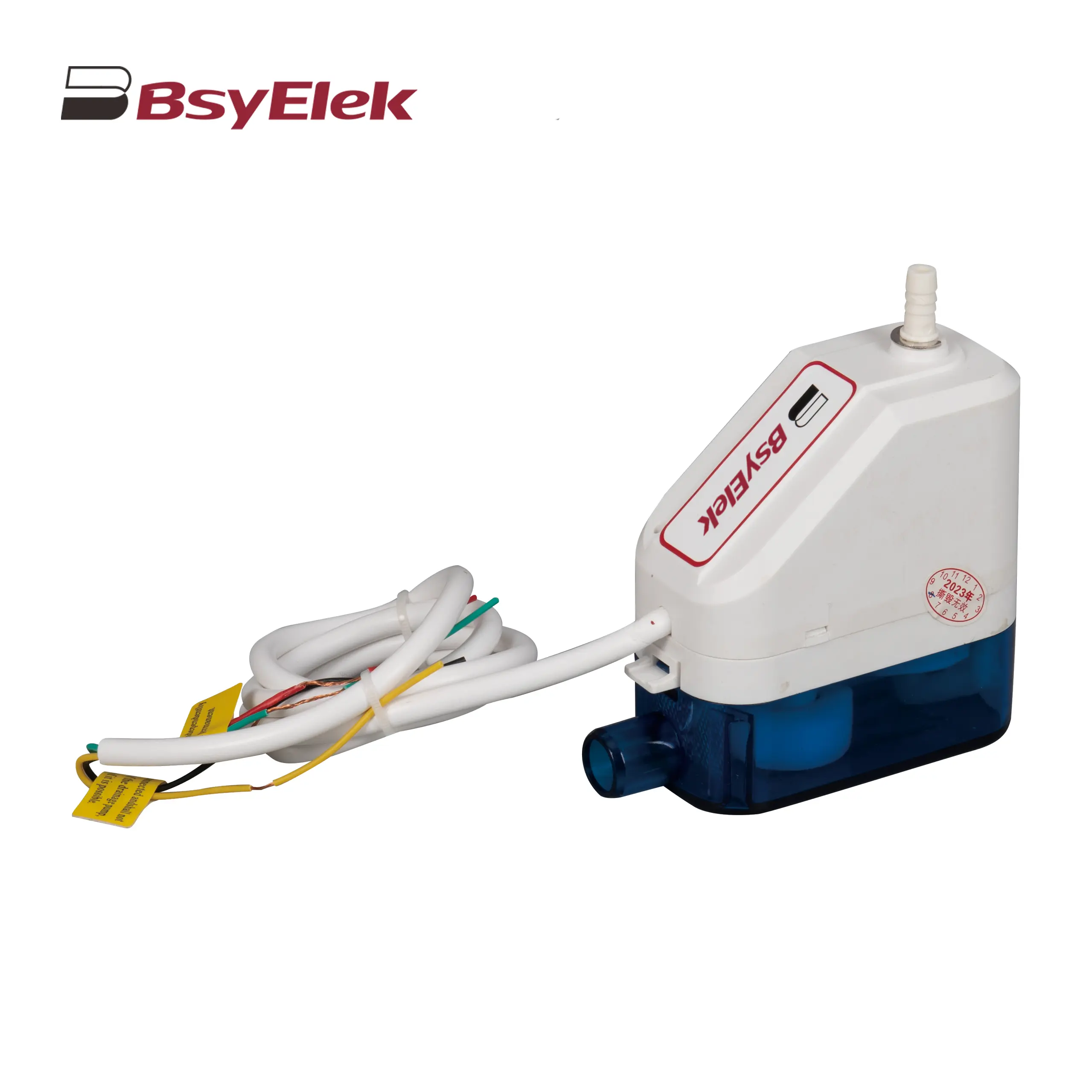 BY-24C/40C 10M Corner Drainage Pump
BY-24C/40C 10M Corner Drainage Pump
News
Top Blog
Company News
Industry Dynamics
What is a miniature circuit breaker (MCB)?
PG Series Waterproof Cable Glands with Washer for Harsh Environments
LWSF-125 125A Manual Changeover Switch ensures reliable power transfer
BYX2 AC contactor series: reliable power control for modern electrical systems
High-performance 1000V DC fuse holder optimizes solar photovoltaic system protection
BY07L-63 Residual Current Circuit Breaker Ensures Global Electrical Safety
BYQ5 ATS Isolation Dual Power Automatic Transfer Switch
BY19G 63A Manual Changeover Switch: Features and Benefits
Support
Blog
Contact Us





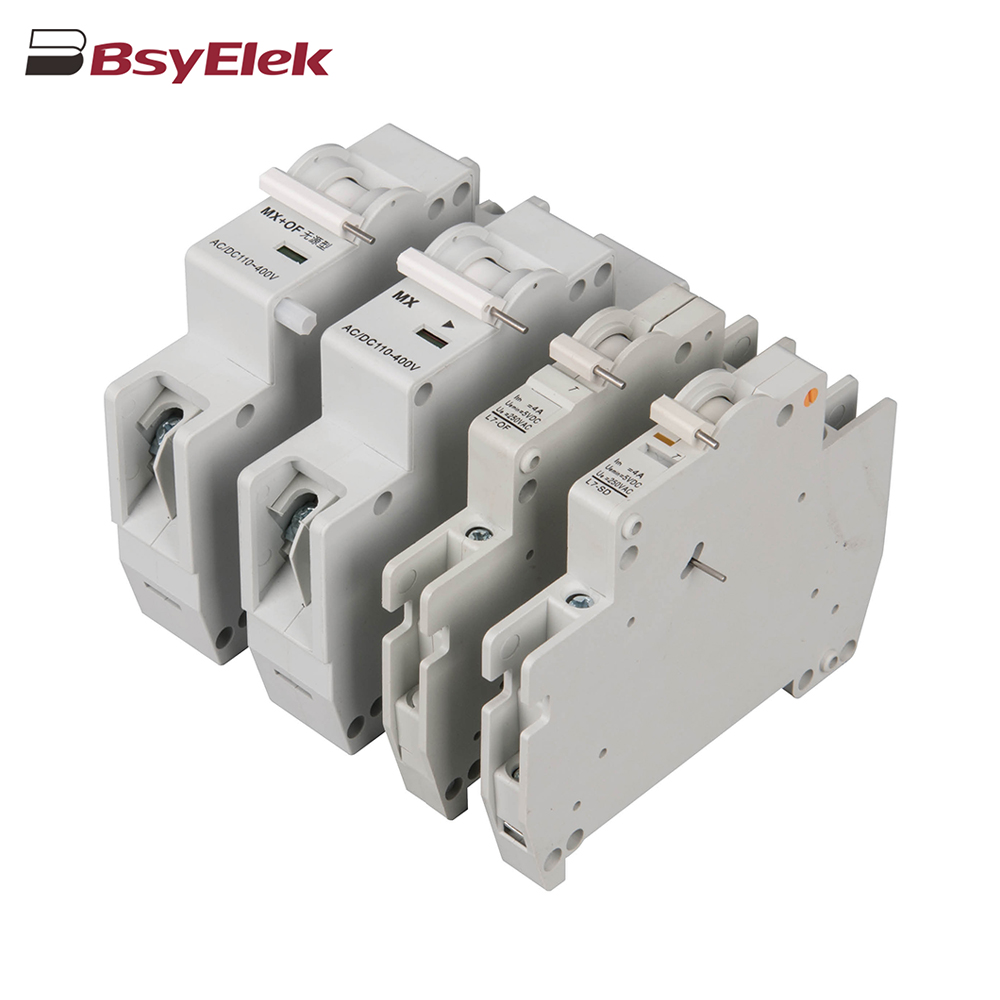 OF SD MX OF MCB Miniature Circuit Breaker Accessories
OF SD MX OF MCB Miniature Circuit Breaker Accessories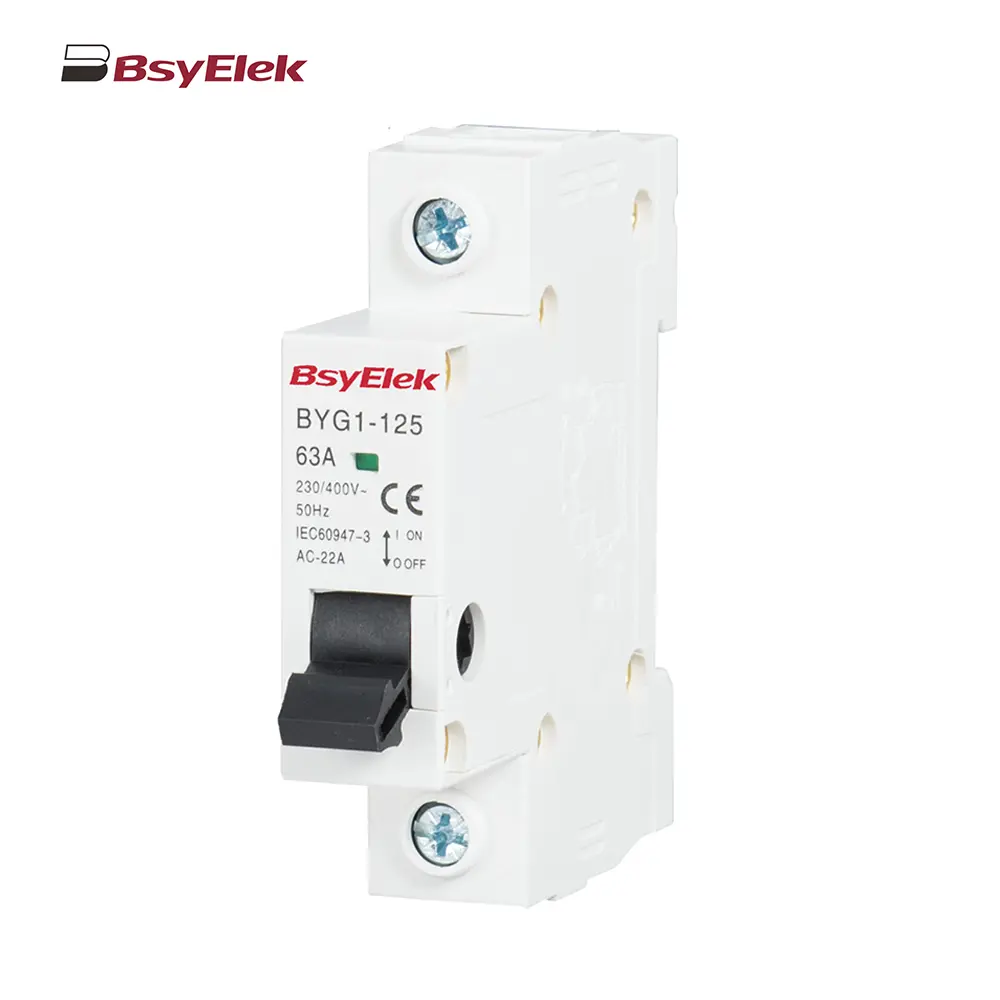 BYG1-125 Main Switch MCB Isolator Switch
BYG1-125 Main Switch MCB Isolator Switch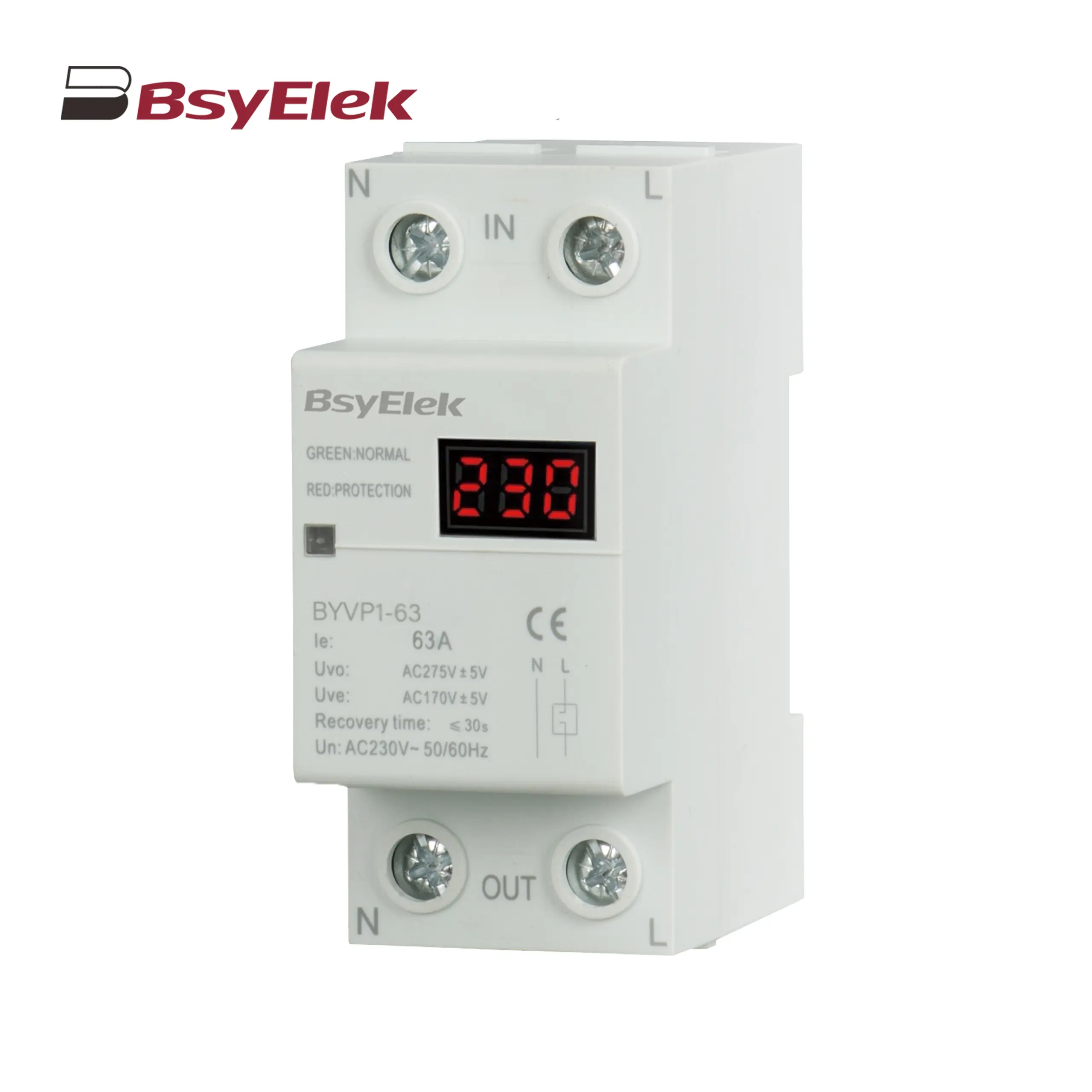 BYVP1-63 100A Single Display Overvoltage and Undervoltage Protector
BYVP1-63 100A Single Display Overvoltage and Undervoltage Protector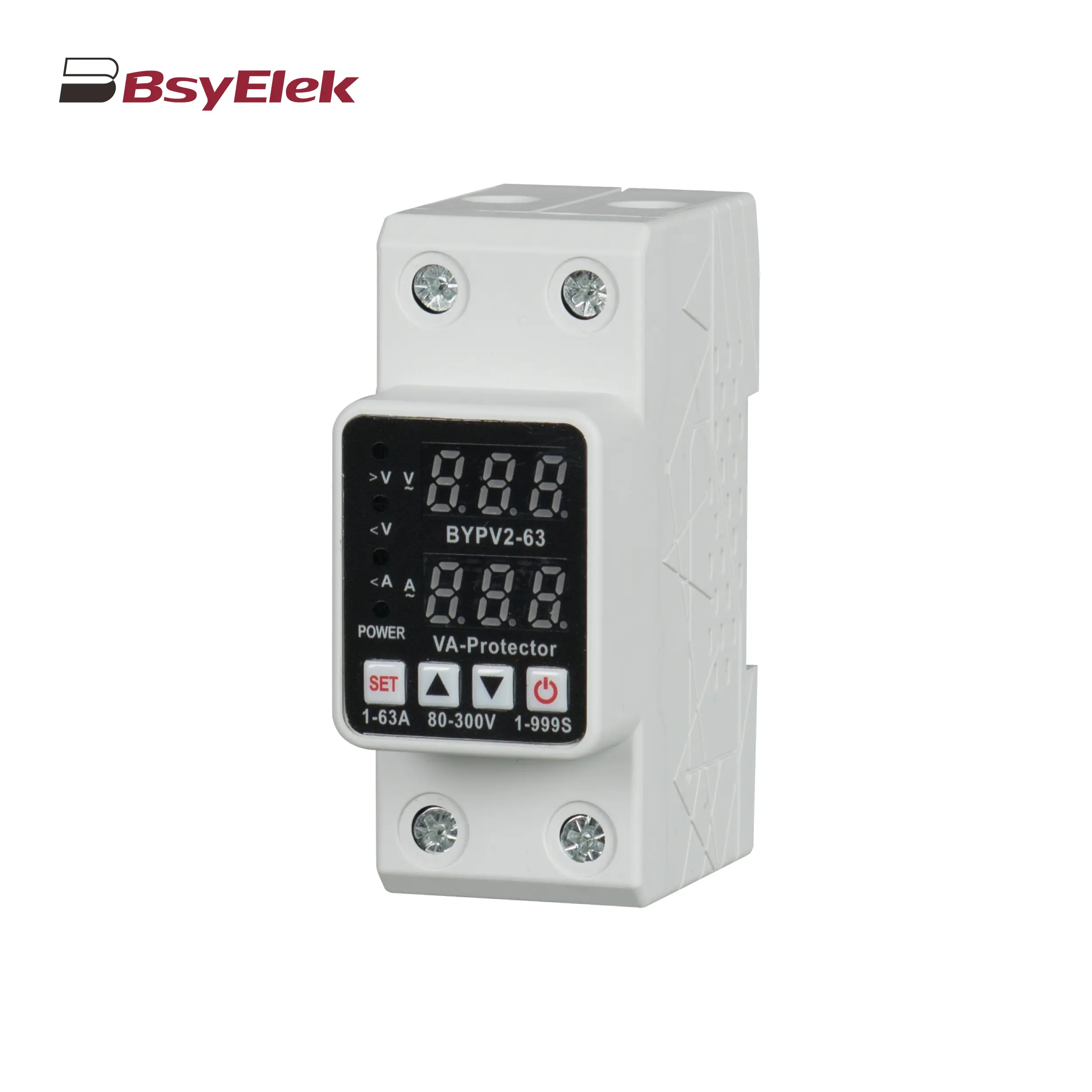 BYVP2-63 40A 63A Adjustable Dual Display Overvoltage and Undervoltage Protector
BYVP2-63 40A 63A Adjustable Dual Display Overvoltage and Undervoltage Protector BYX2 6-95A AC Contactor
BYX2 6-95A AC Contactor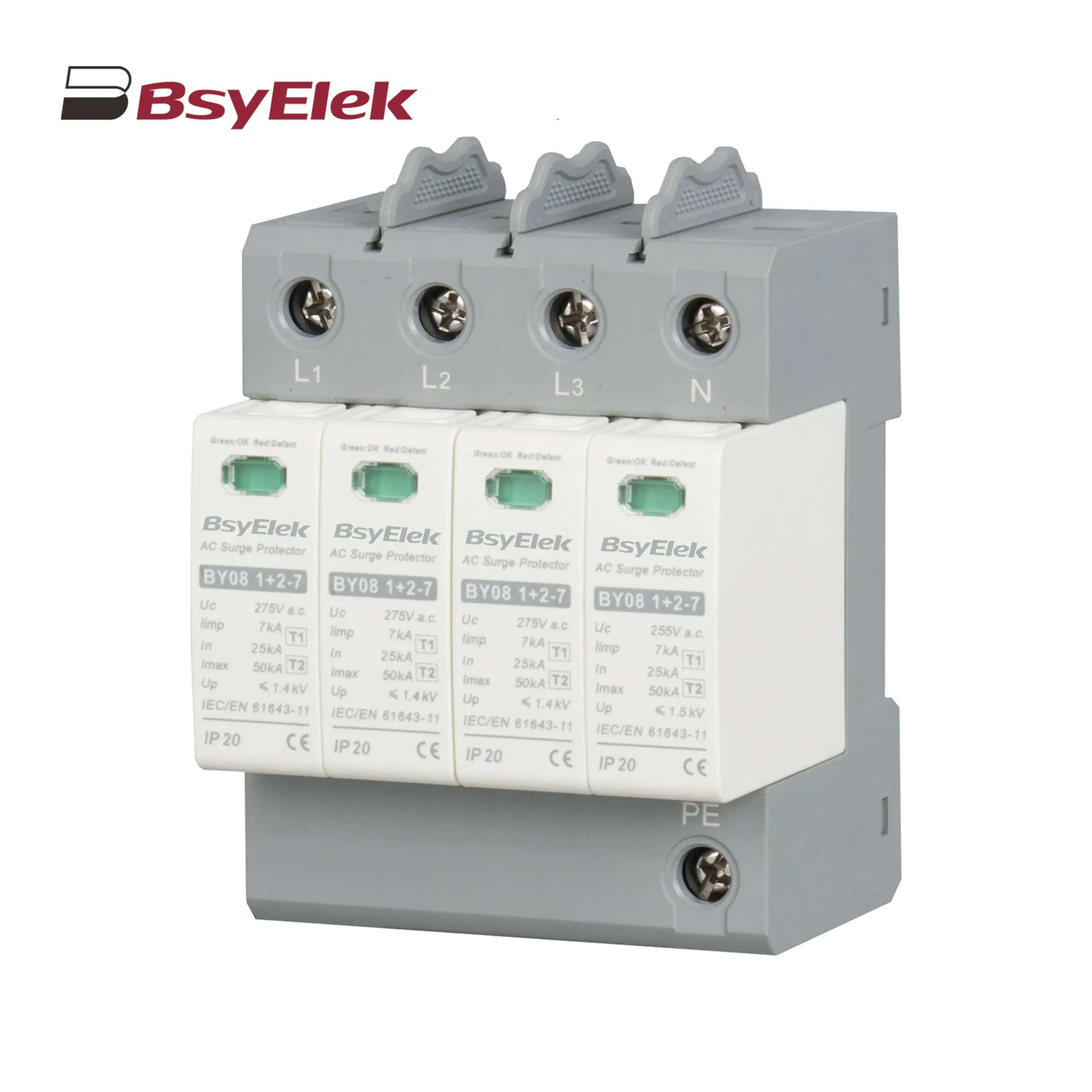 BY08 1+2-7 SPD Class T1+T2 Imax 50KA Surge Protective Device
BY08 1+2-7 SPD Class T1+T2 Imax 50KA Surge Protective Device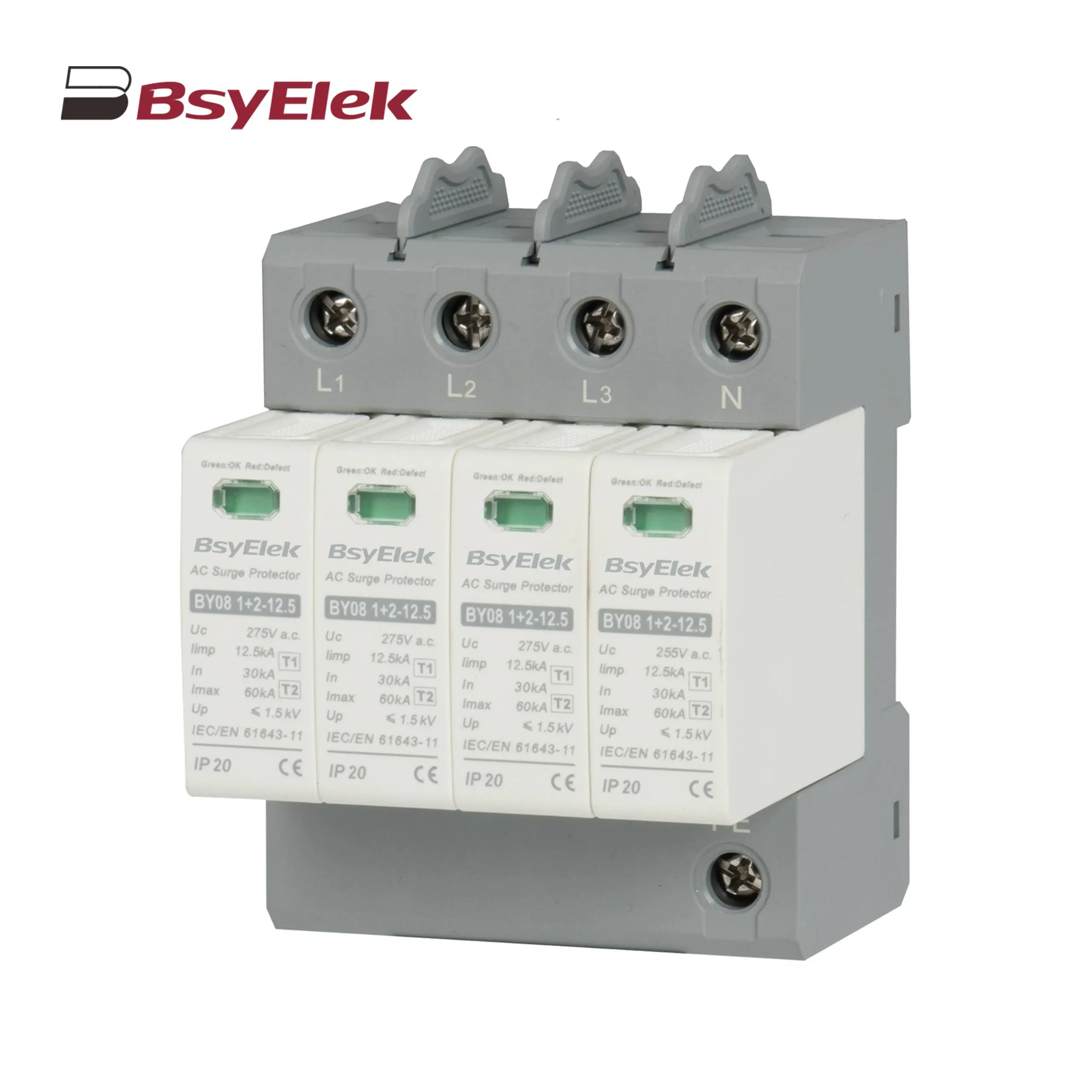 BY08 1+2-12.5 SPD Class T1+T2 Imax 60KA Surge Protective Device
BY08 1+2-12.5 SPD Class T1+T2 Imax 60KA Surge Protective Device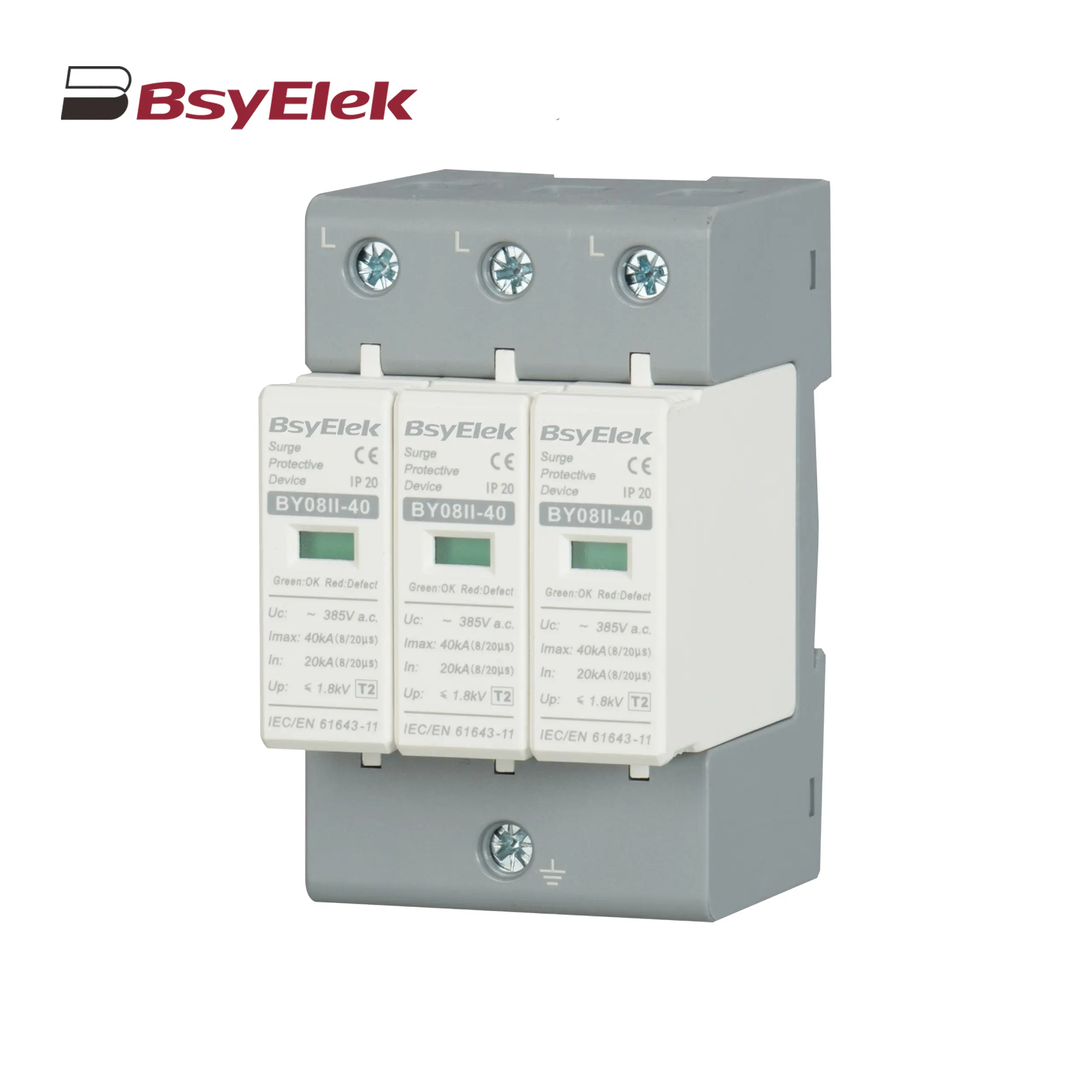 BY08II-40 SPD Class T2 Imax 40KA Surge Protective Device
BY08II-40 SPD Class T2 Imax 40KA Surge Protective Device BY19G 63A Manual Changeover Switch
BY19G 63A Manual Changeover Switch LWSF-125 125A Manual Changeover Switch
LWSF-125 125A Manual Changeover Switch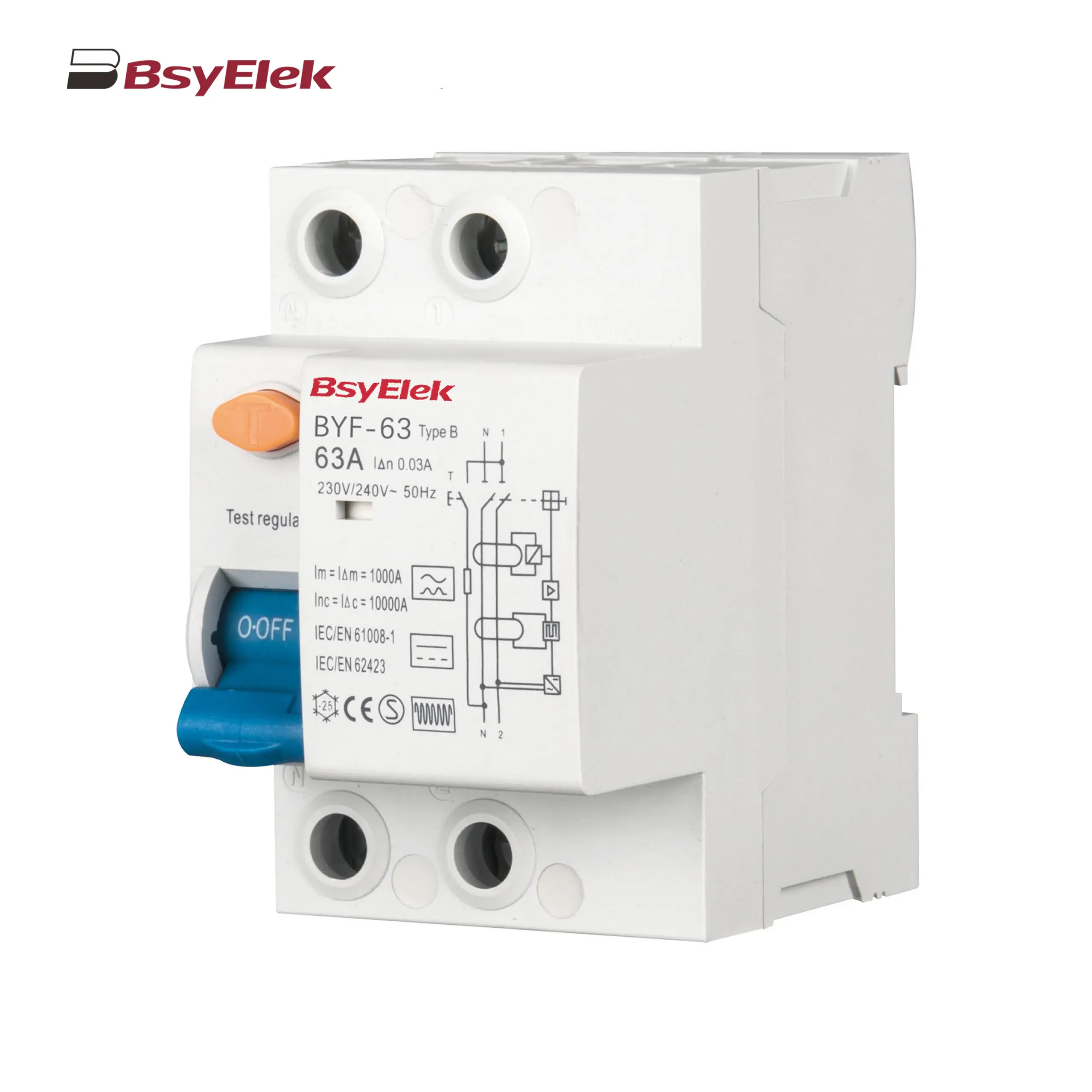 BYF-63 RCD 10KA Type B AC+A+Smoothing DC Residual Current Device
BYF-63 RCD 10KA Type B AC+A+Smoothing DC Residual Current Device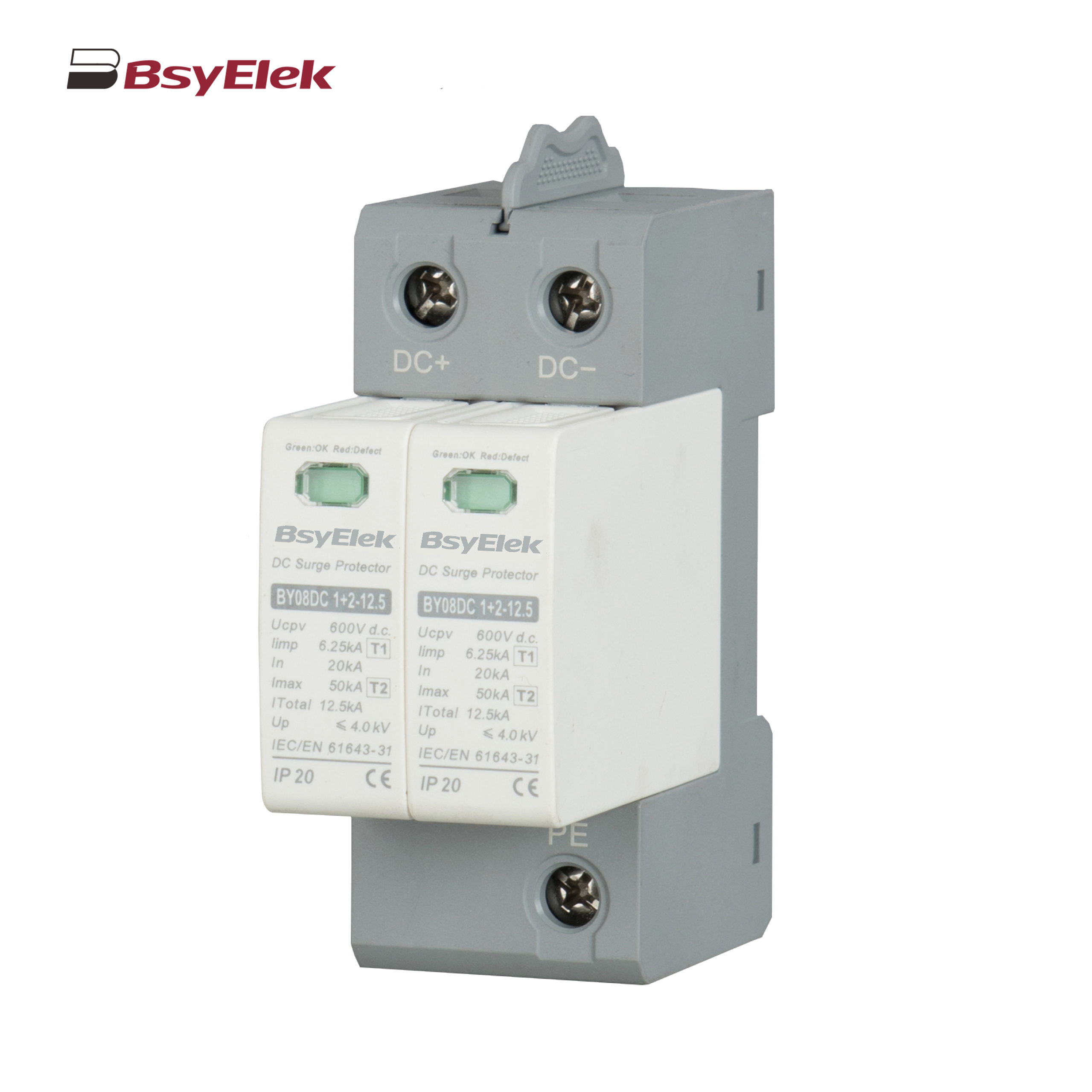 BY08DC 1+2-12.5 SPD Class T1+T2 40KA DC Surge Protective Device
BY08DC 1+2-12.5 SPD Class T1+T2 40KA DC Surge Protective Device BY08IIDC-40 SPD Class T2 40KA DC Surge Protective Device
BY08IIDC-40 SPD Class T2 40KA DC Surge Protective Device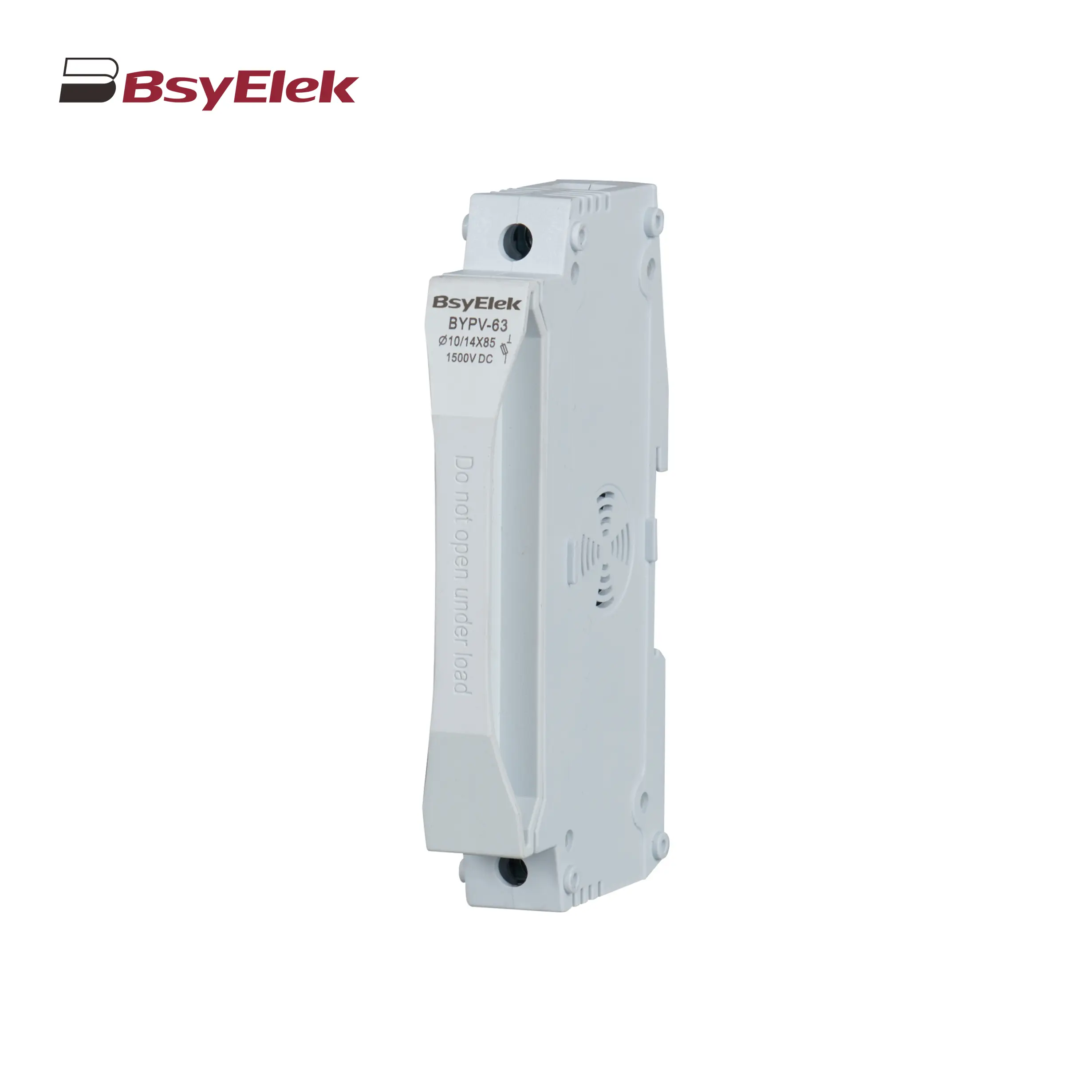 BYPV-63 1500VDC 50A Fuse Holder with 10x85mm 14x85mm Fuse Link
BYPV-63 1500VDC 50A Fuse Holder with 10x85mm 14x85mm Fuse Link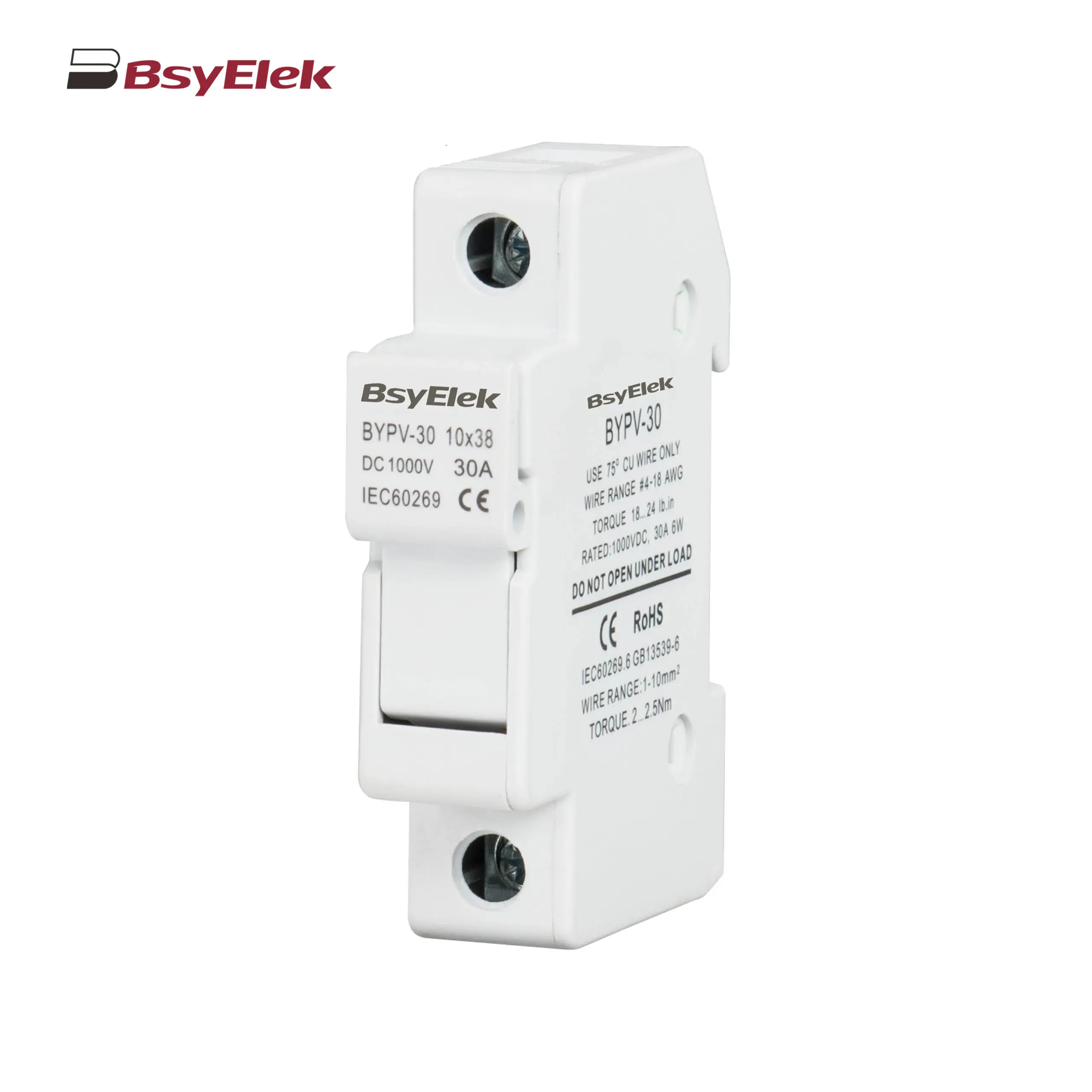 BYPV-30 1000VDC 32A Fuse Holder with 10x38mm Fuse Link
BYPV-30 1000VDC 32A Fuse Holder with 10x38mm Fuse Link BYPV-ELR2 PV Isolator Switch with Enclosed Version
BYPV-ELR2 PV Isolator Switch with Enclosed Version BYPV-ELR1 PV Isolator Switch with Enclosed Version
BYPV-ELR1 PV Isolator Switch with Enclosed Version BYPV-NL1/T PV Isolator Switch with Ultra-thin Lever Handle
BYPV-NL1/T PV Isolator Switch with Ultra-thin Lever Handle BYPV-NL1 PV Isolator Switch with Lever Handle
BYPV-NL1 PV Isolator Switch with Lever Handle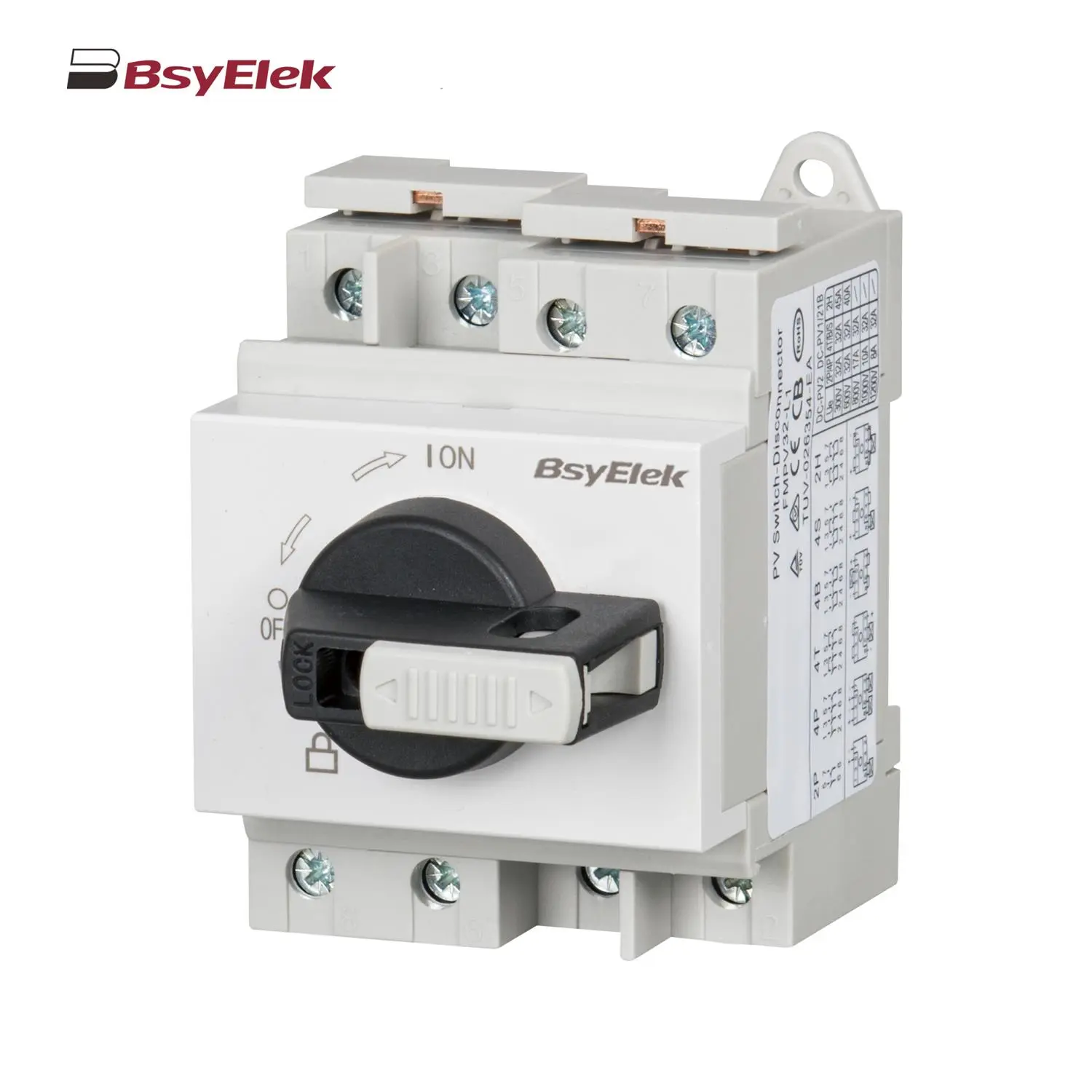 BYPV-L1/L2 PV Isolator Switch with Lockable Lever Handle
BYPV-L1/L2 PV Isolator Switch with Lockable Lever Handle PV-BY-01 30A/50A 1000V Photovoltaic Connector
PV-BY-01 30A/50A 1000V Photovoltaic Connector PV-BY-02 30A/50A 1500V Photovoltaic Connector
PV-BY-02 30A/50A 1500V Photovoltaic Connector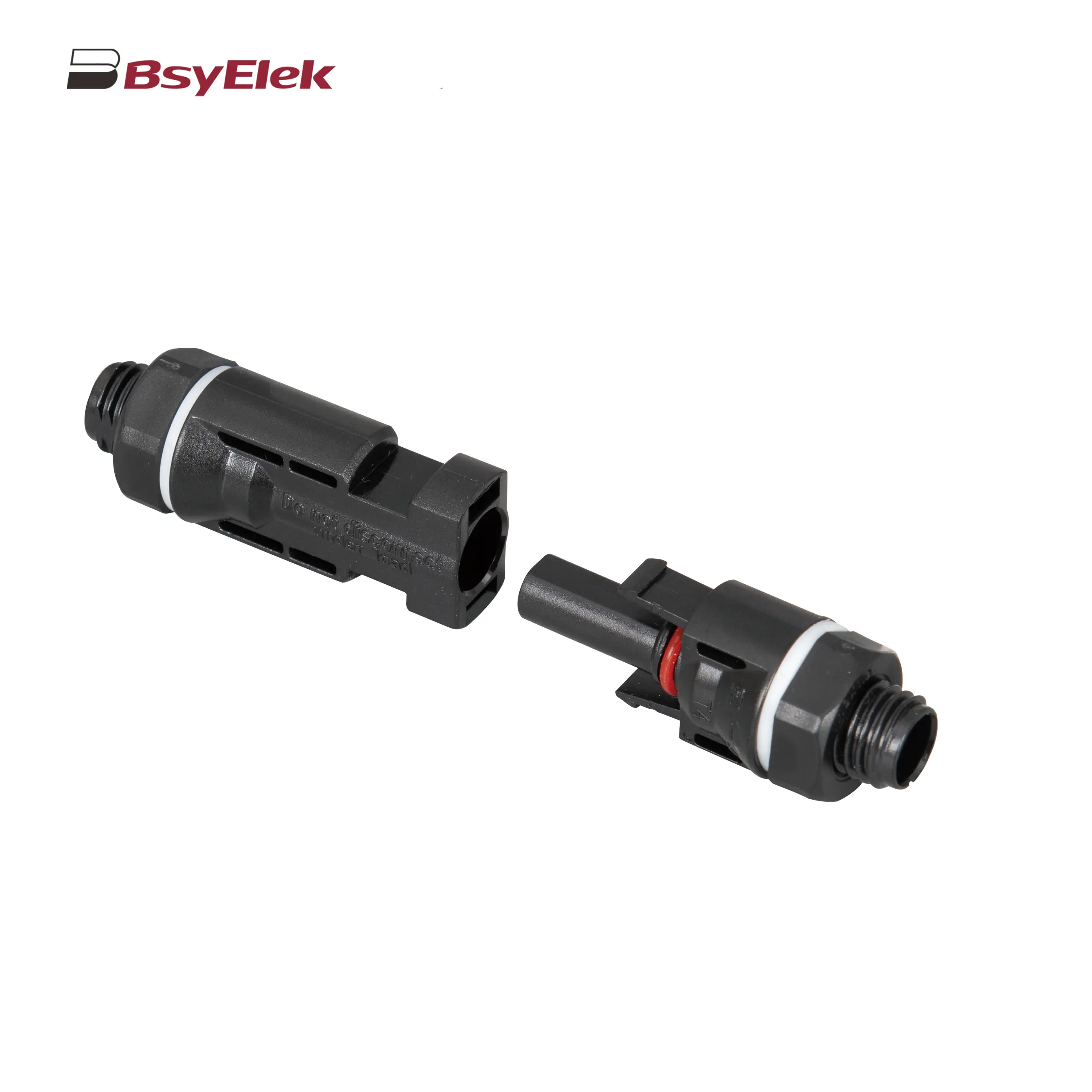 PV-BY-03 30A/50A 1000V Panel Mount Photovoltaic Connector
PV-BY-03 30A/50A 1000V Panel Mount Photovoltaic Connector PV-BY-F01 30A 1500V Diode/Fuse Type Connector
PV-BY-F01 30A 1500V Diode/Fuse Type Connector PV-BY-T 50A 1500V T Type Branch Connector
PV-BY-T 50A 1500V T Type Branch Connector PV-BY-Y 30A 1500V Y Type Branch Connector
PV-BY-Y 30A 1500V Y Type Branch Connector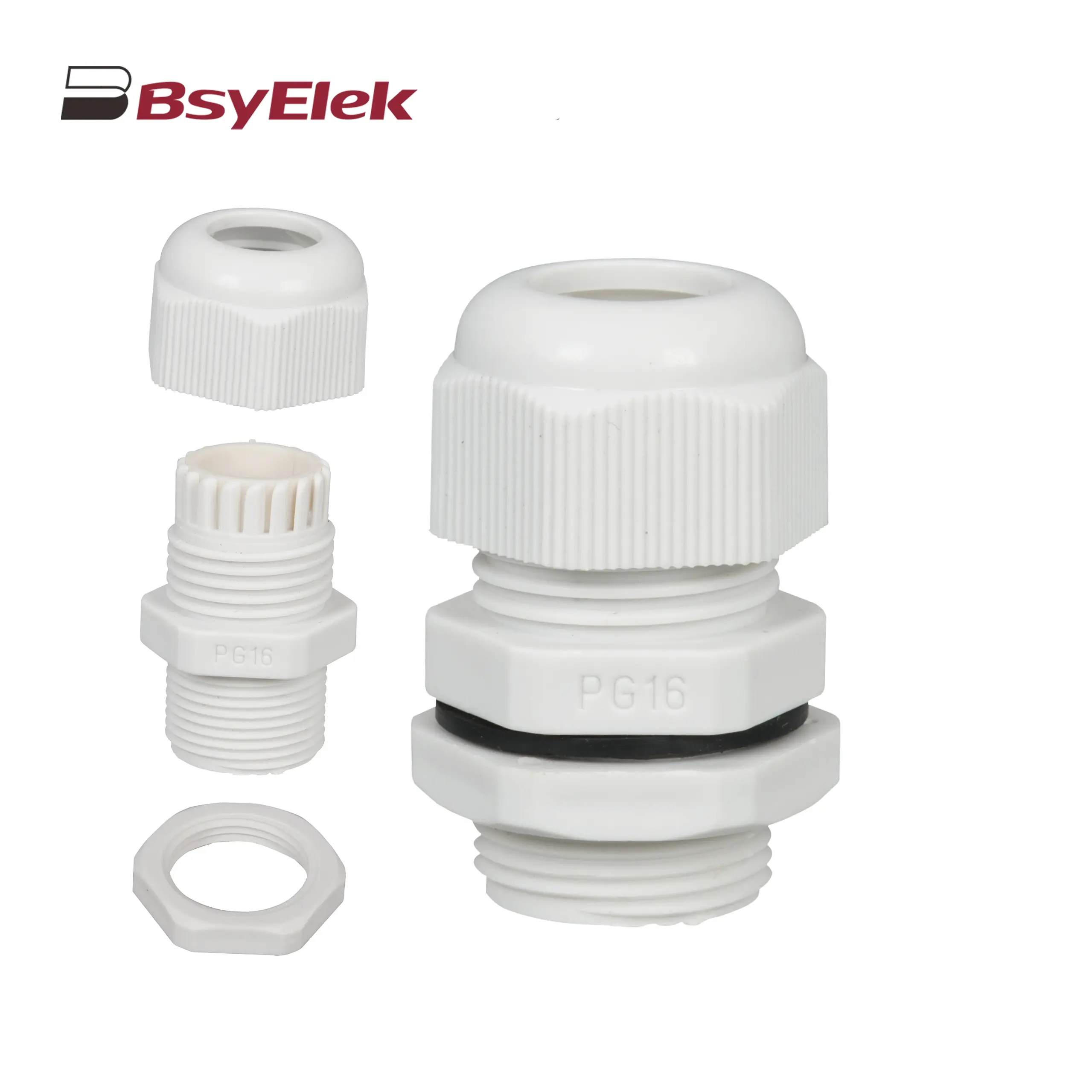 PG Waterproof Cable Gland with Washer
PG Waterproof Cable Gland with Washer Photovoltaic Cable
Photovoltaic Cable HD11N Photovoltaic Knife Switch
HD11N Photovoltaic Knife Switch BYM3DC MCCB Photovoltaic DC Molded Case Circuit Breaker
BYM3DC MCCB Photovoltaic DC Molded Case Circuit Breaker BYM1DC MCCB 1000VDC Thermal Magnetic Type DC Molded Case Circuit Breaker
BYM1DC MCCB 1000VDC Thermal Magnetic Type DC Molded Case Circuit Breaker BYM1E MCCB Electronic Type Molded Case Circuit Breaker
BYM1E MCCB Electronic Type Molded Case Circuit Breaker BYM1 MCCB Thermal Magnetic AC Molded Case Circuit Breaker
BYM1 MCCB Thermal Magnetic AC Molded Case Circuit Breaker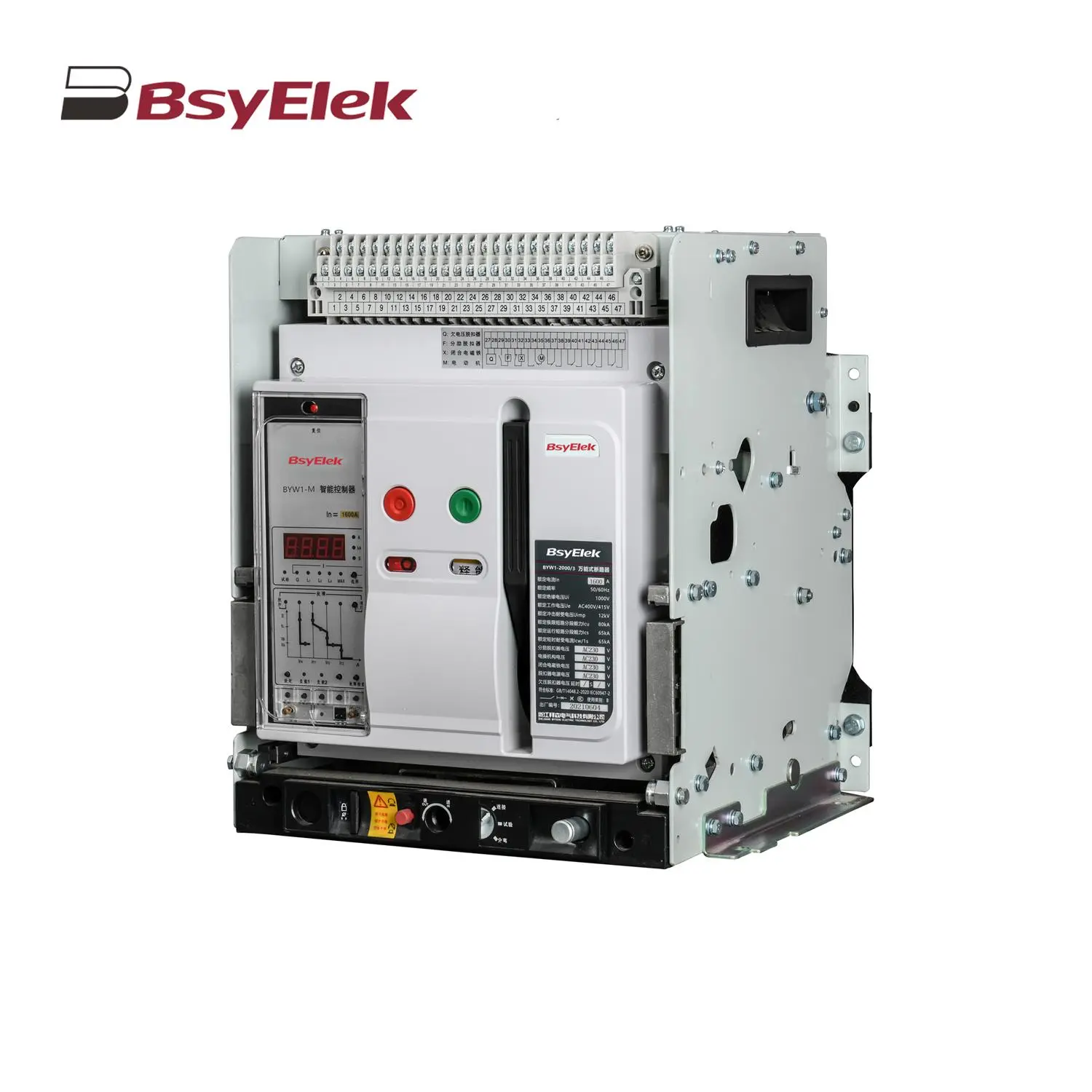 BYW1 ACB Intelligent Universal Air Circuit Breaker
BYW1 ACB Intelligent Universal Air Circuit Breaker BYQ1 ATS Isolated Type PC Level Dual Power Automatic Transfer Switch
BYQ1 ATS Isolated Type PC Level Dual Power Automatic Transfer Switch BYQ1 ATS Intelligent Type CB Level Dual Power Automatic Transfer Switch
BYQ1 ATS Intelligent Type CB Level Dual Power Automatic Transfer Switch BYQ1 ATS End Type CB Level Dual Power Automatic Transfer Switch
BYQ1 ATS End Type CB Level Dual Power Automatic Transfer Switch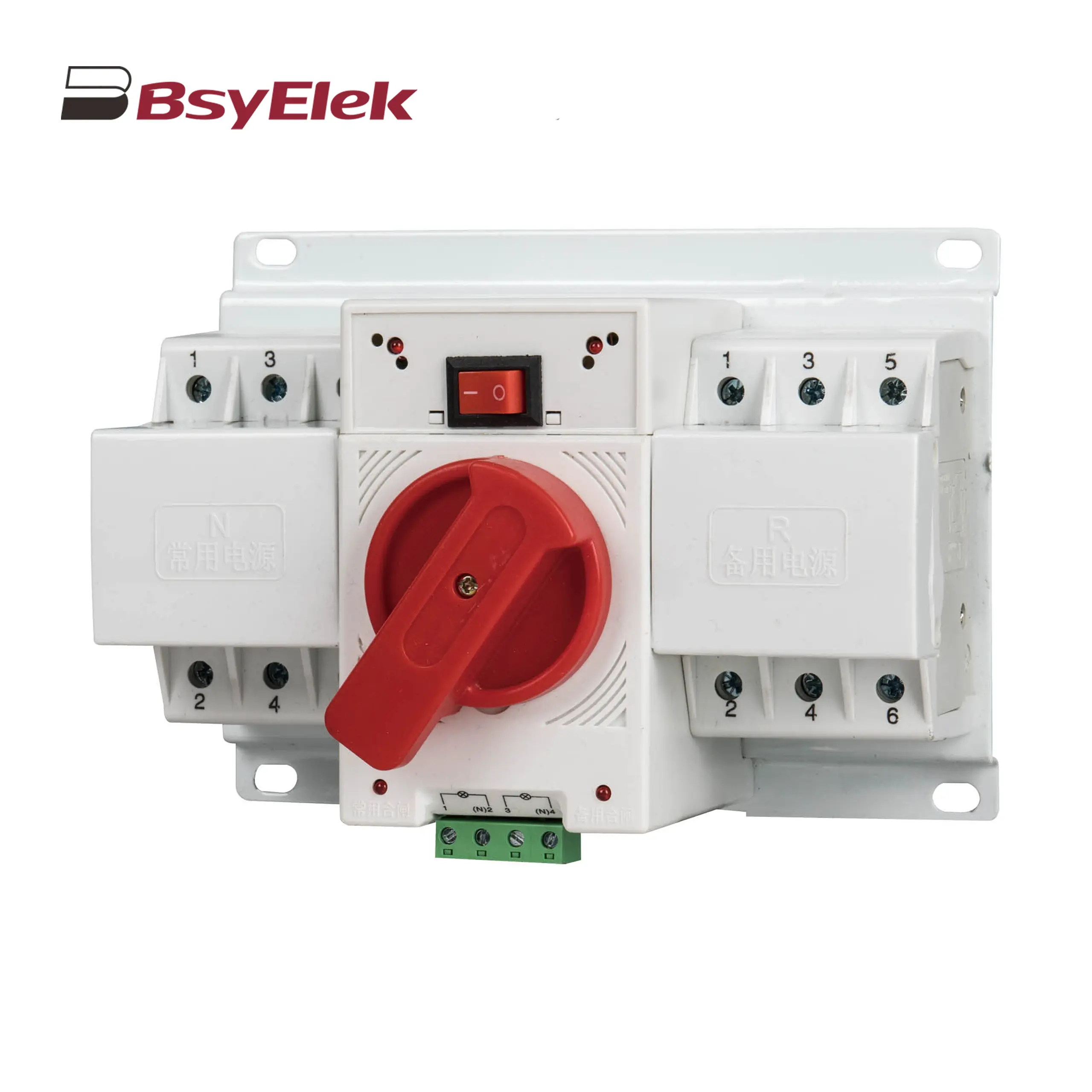 BYQ1 ATS Mini Type CB Level Dual Power Automatic Transfer Switch
BYQ1 ATS Mini Type CB Level Dual Power Automatic Transfer Switch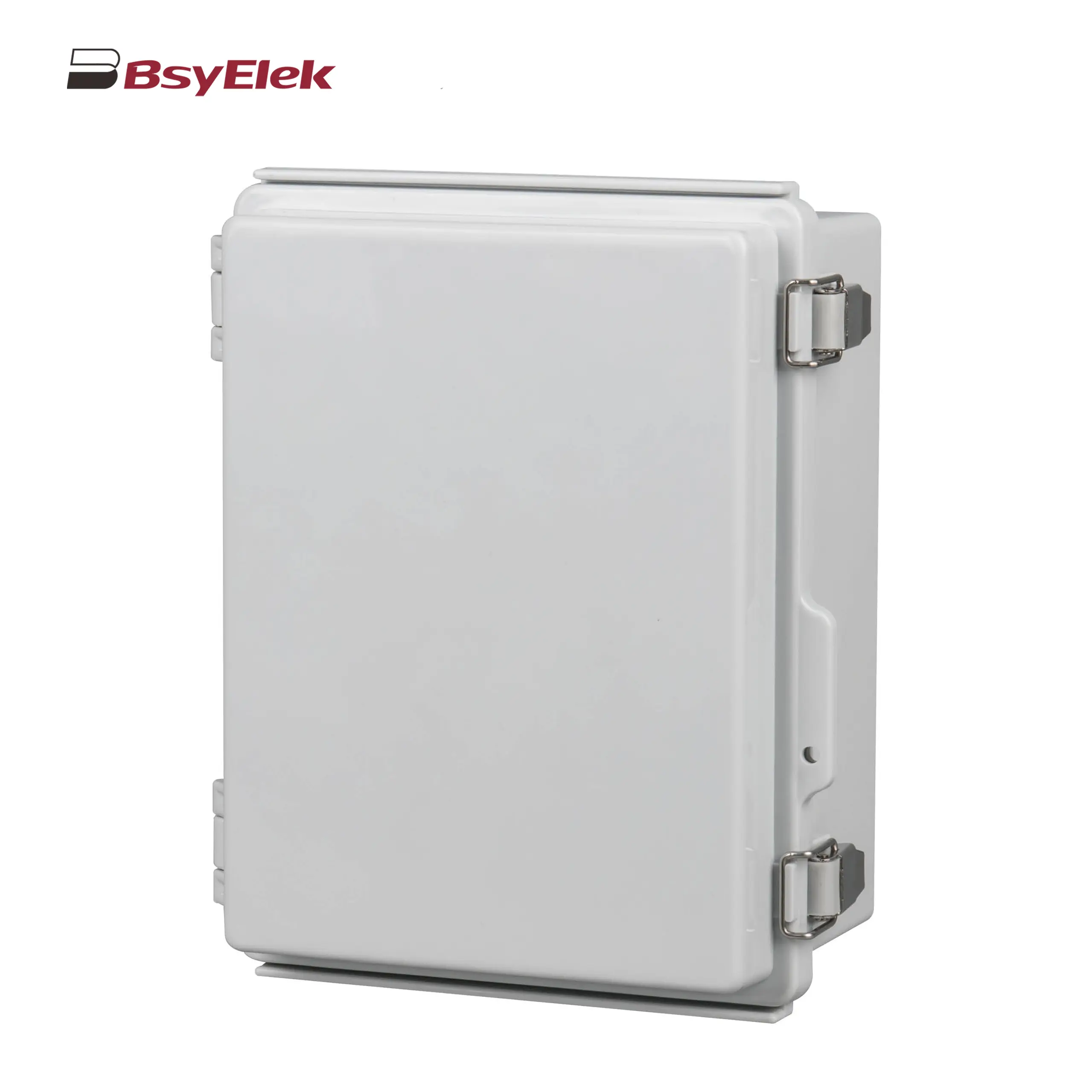 Stainless Steel Hinge Type Electrical Box
Stainless Steel Hinge Type Electrical Box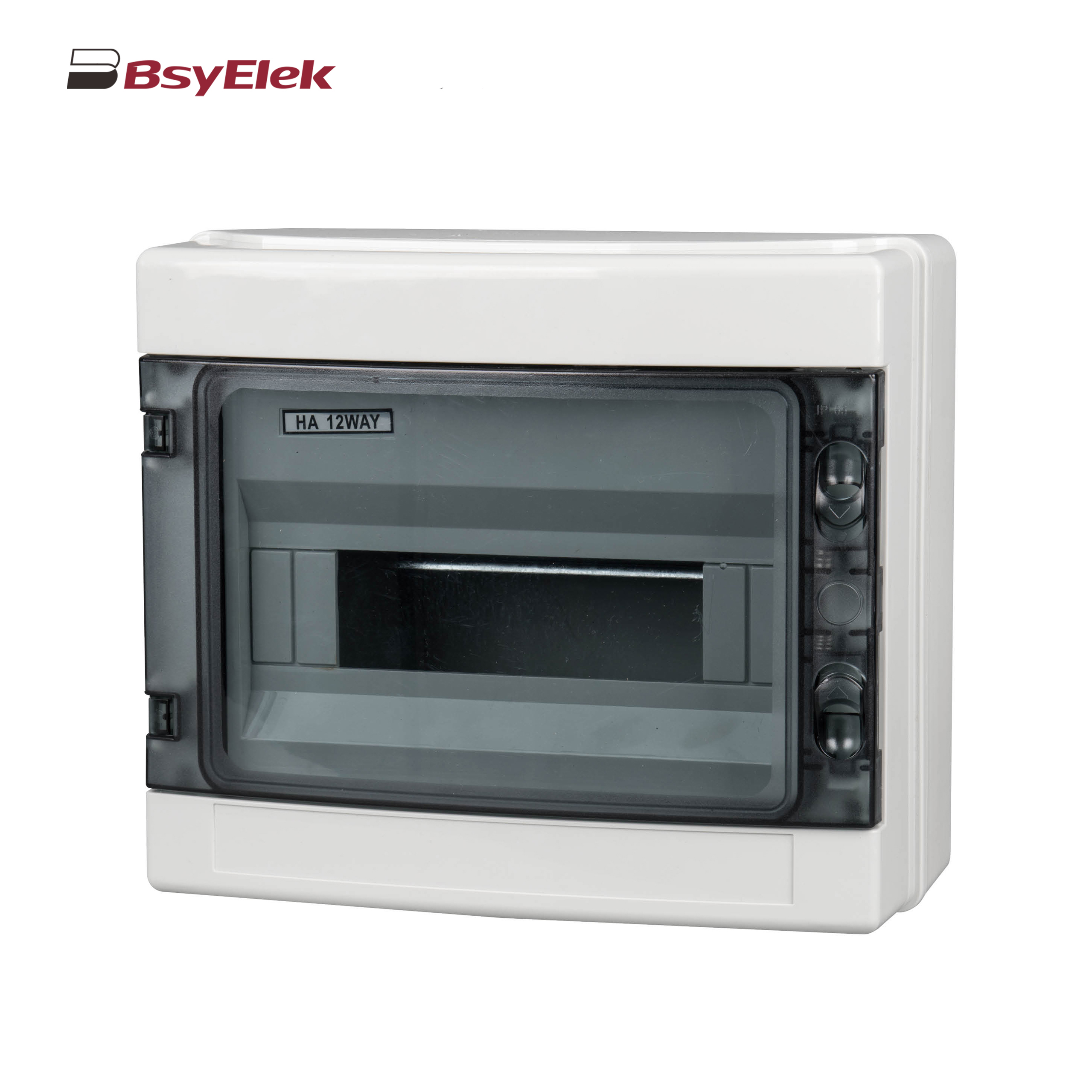 HA Waterproof Distribution Box
HA Waterproof Distribution Box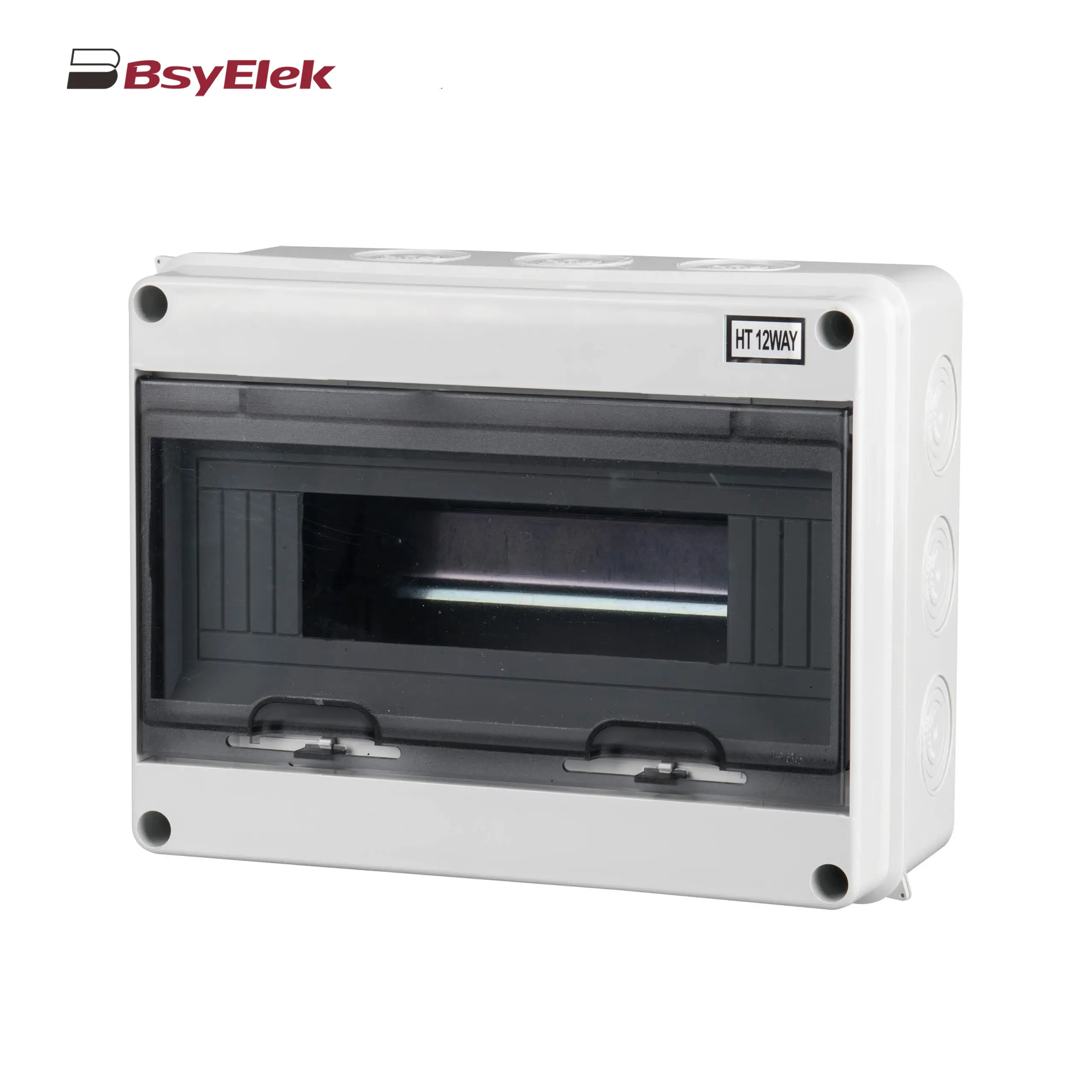 HT Waterproof Distribution Box
HT Waterproof Distribution Box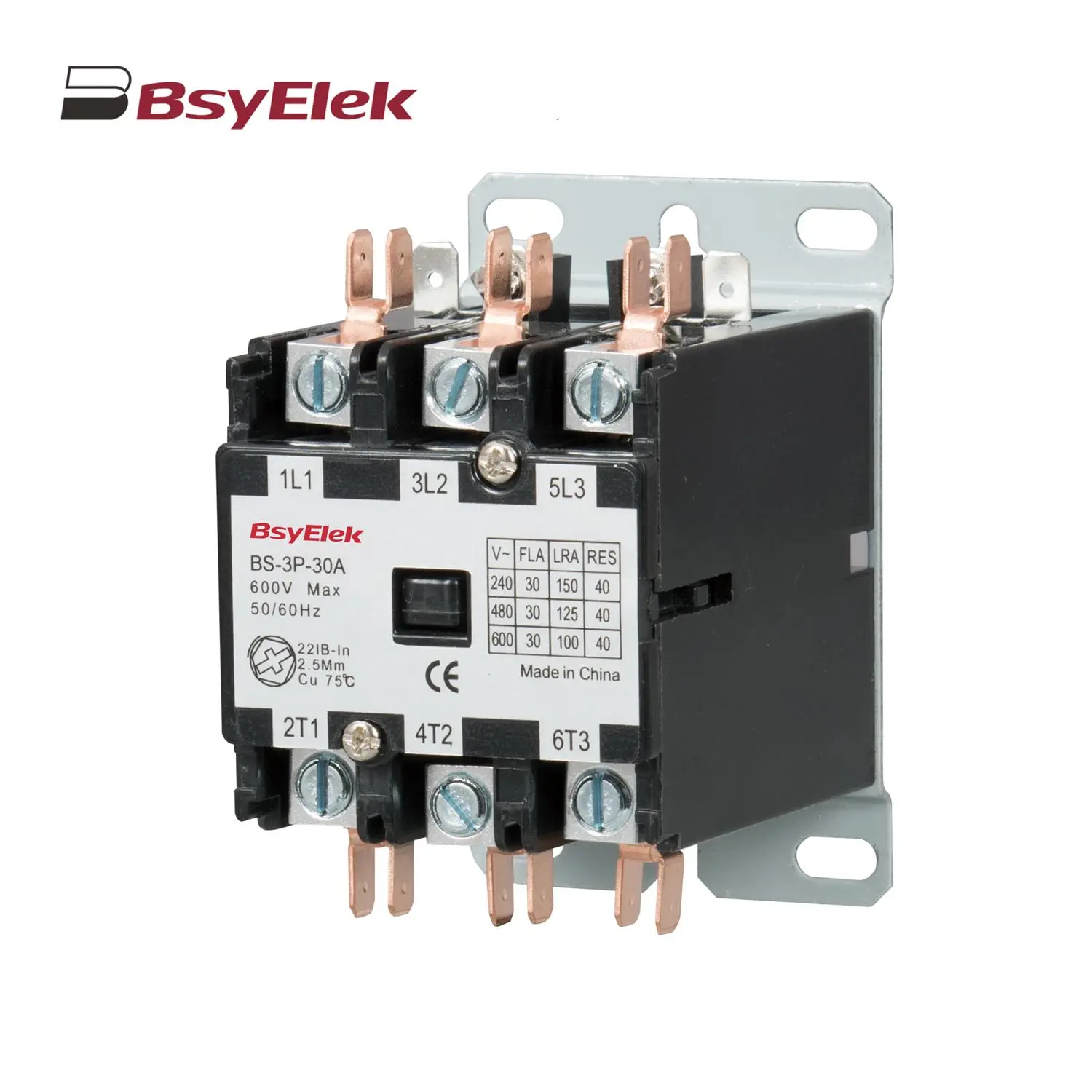 BS Definite Purpose Magnetic AC Contactor
BS Definite Purpose Magnetic AC Contactor


